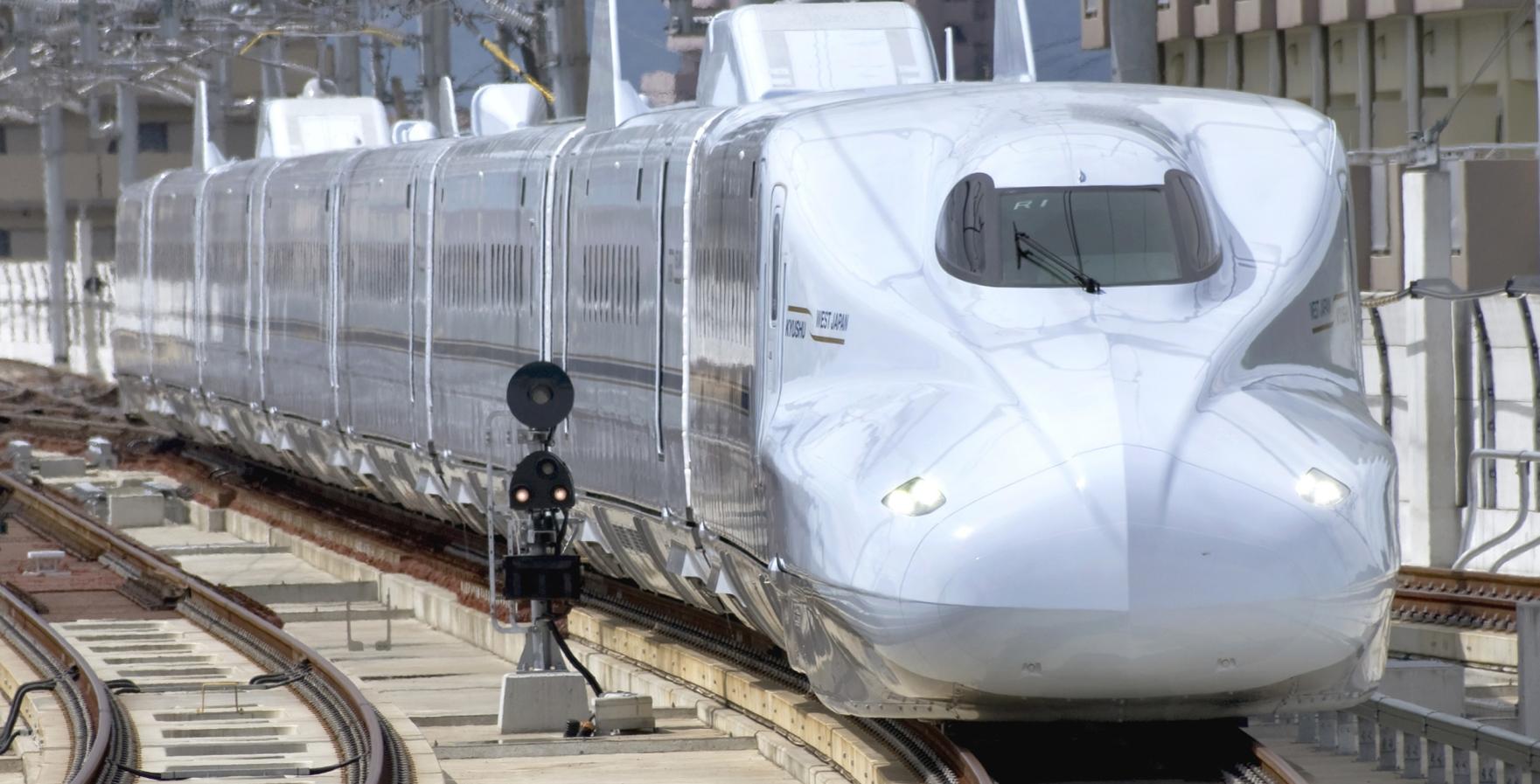
Travel Japan at a Discount using the JR Kyushu Rail Pass
The JR Kyushu Rail Pass is a convenient discount train ticket available only to foreign tourists that is perfect for traveling the train lines throughout Kyushu. Also, the JR Kyushu Mobile Pass is another option that focuses on the area around Fukuoka Prefecture.
What is the JR Kyushu Rail Pass?
The JR Kyushu Rail Pass is a train ticket offered by JR Kyushu that lets you ride the JR lines in Kyushu as often as you like, bringing you to countless wonderful tourist destinations.
To purchase it, you must be able to show your visa and prove that you are a tourist who has come to Japan temporarily for the purpose of tourism.
Column
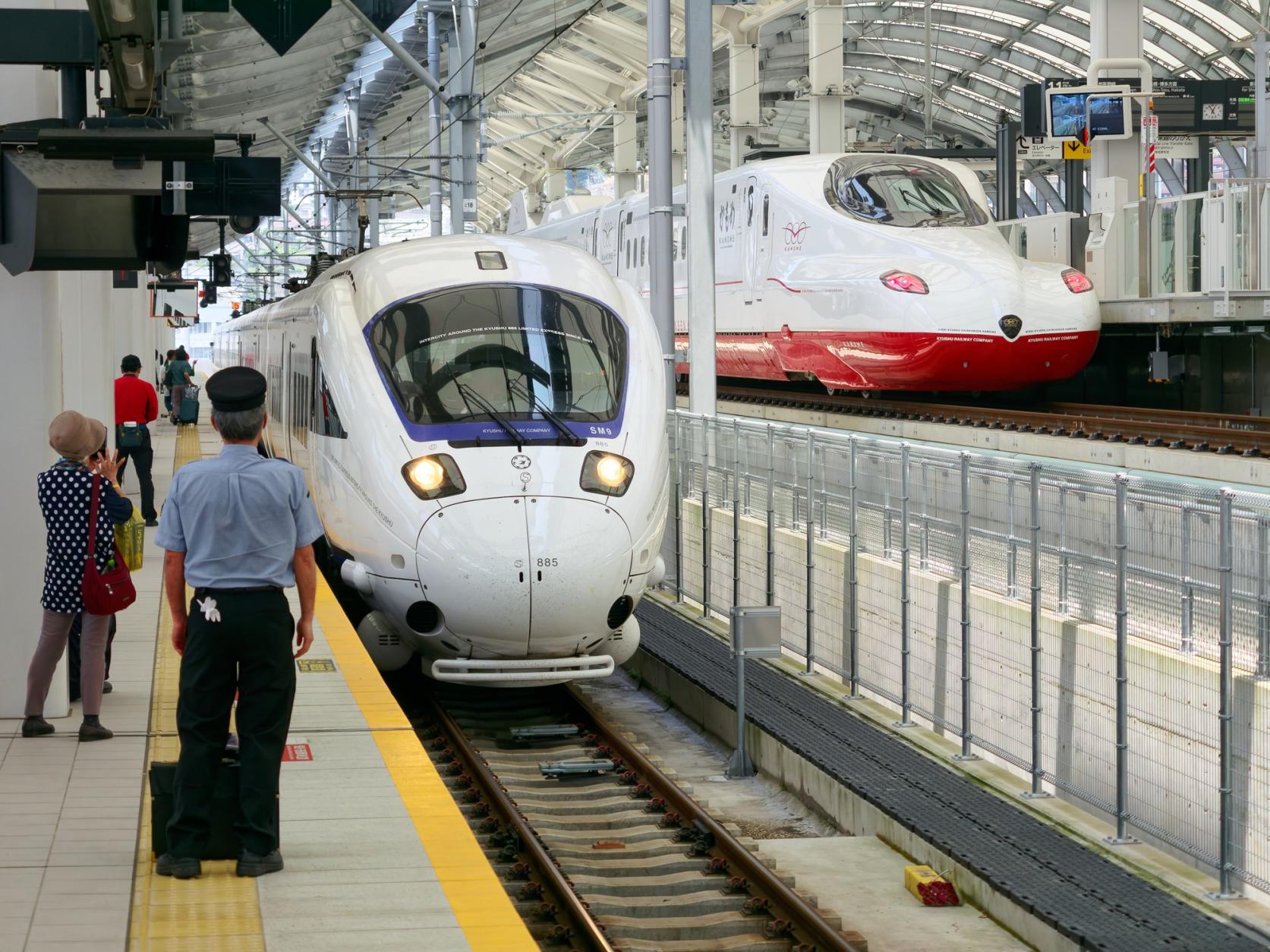
Precautions when using the Shinkansen
You cannot use the JR Kyushu Rail Pass to travel on the Tokaido and Sanyo Shinkansen lines (between Hakata and Kokura) or the Hakata Minami Line.
If you wish to use those lines, you need to purchase a separate basic fare ticket and super (limited) express train ticket.
You can travel between Hakata and Kokura using the JR Kyushu Rail Pass without any other fees if you use the limited express Sonic train.
Types of passes and how to purchase
You can buy passes valid for three, five, or seven days depending on the length of your trip. And you can also select the area where you will use the pass, such as “Northern Kyushu”, “Southern Kyushu”, and “All Kyushu”. However, Northern Kyushu is only available for three or five days, while Southern Kyushu is only available for three days.
You can purchase the pass either online, via the JR Kyushu Rail Pass Online Booking website, or via designated overseas agents. If you purchase your pass online from the official website, then you can also reserve designated seats on the Shinkansen, limited express trains, and some tourist trains (for a fee) on the website.
We recommend the JR Kyushu Mobile Pass for traveling around Fukuoka only
If you wish to travel just around the Fukuoka area, and you will only be here for a few days, then one option is the JR Kyushu Mobile Pass that let you enjoy convenient ticketless travel.
You can board trains just by showing the ticket on your smartphone, and the pass covers not only Fukuoka Prefecture, but Karatsu and Tosu as well.
The pass does not include the Shinkansen (between Kokura and Hakata), subways, buses, and railways operated by other companies.
Traveling from Fukuoka to Saga and Nagasaki via Itoshima
If you wish to travel from Fukuoka to Saga or Nagasaki, then go via Itoshima! The area has numerous popular tourist destinations with beautiful cobalt blue seas, white beaches, and verdant green mountains.
-
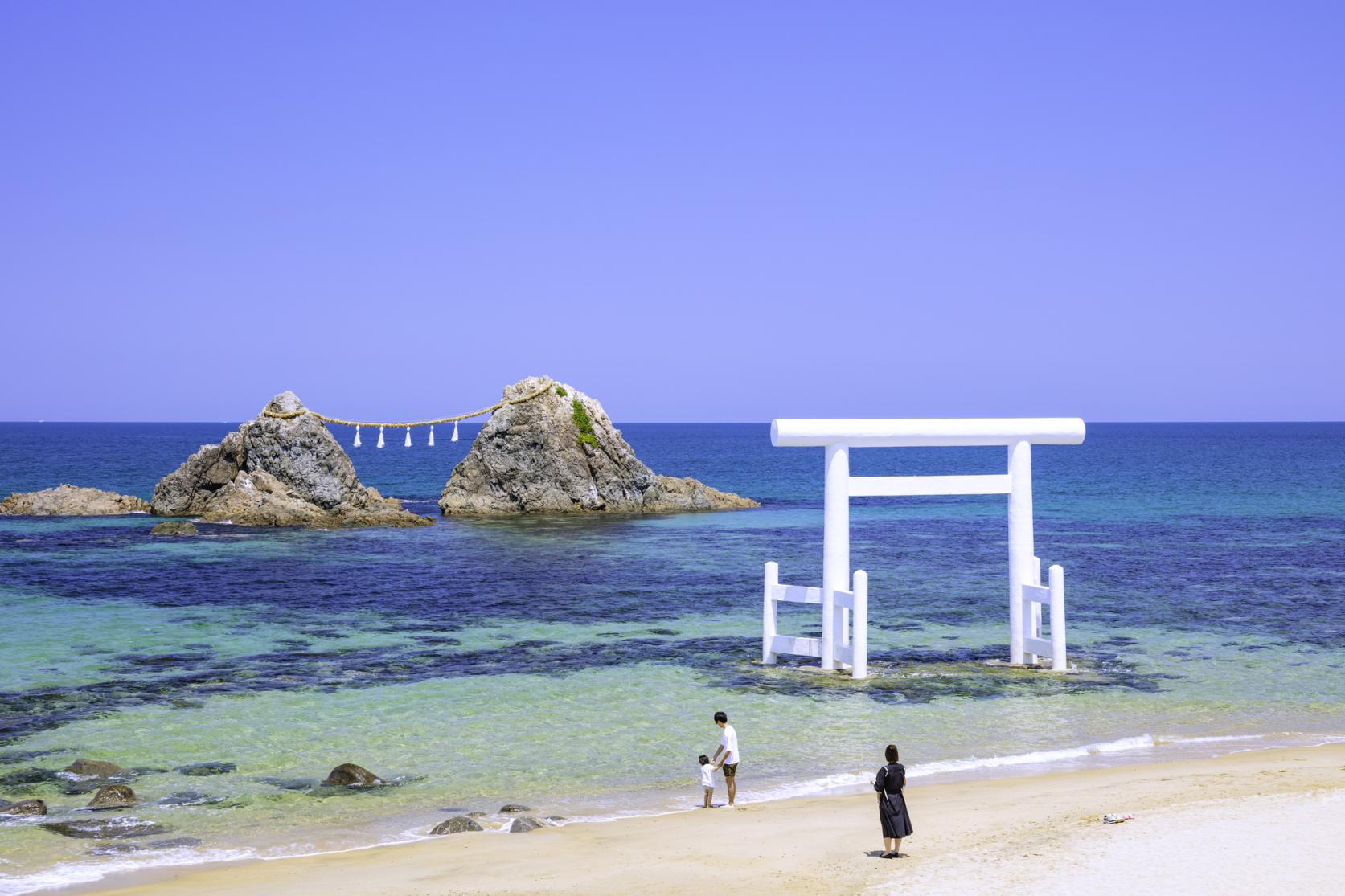
Sakurai Futamigaura
View moreThe Couple Stones are a pair of massive stones standing beyond a white Torii gate that appear like a couple leaning together. The sunset viewed between them is a fantastical view, and the sight of the blue hour, a time before sunrise and after sunset when the sky is colored in dark blue, is an unrivaled and breathtaking thing to see.
-
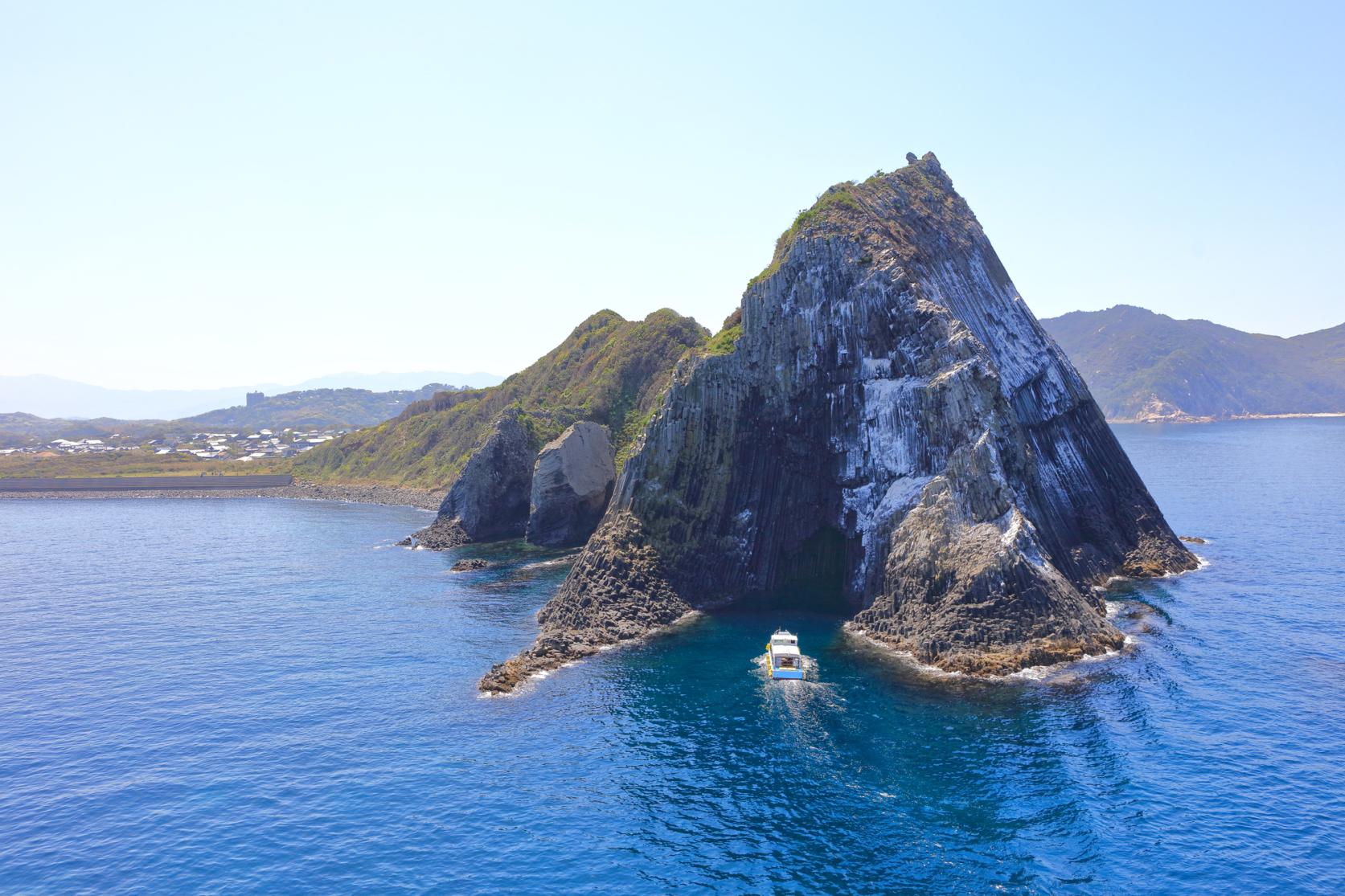
Keya Oto
View moreKeya Oto is known throughout Japan as a famous, strangely shaped rock formation. The large cave measuring 64 meters high and 90 meters deep, with a mouth of 10 meters, offers a mysterious, spiritual view. Visitors can experience the impressive artwork created by nature in the form of the azure sea and the beehive shaped ceiling of the cave via a roughly 25-minute ride on a tour boat between March 16 and November 30 each year.
Saga Prefecture
Saga Prefecture is a place with a bustling maritime industry adjacent to Fukuoka and Nagasaki prefectures. Particularly, the Ariake Sea boasts the largest production of Nori seaweed by volume in Japan. The prefecture also offers breathtaking scenery produced by the abundant nature found there, as well as popular brands of produce, such as Saga Beef and delicious sake only possible in a rice producing region.
It is also known for historic destinations such as the Yoshinogari ruins, local pottery such as Karatsu ware, Imari ware, and Arita ware, and hot springs such as Ureshino Onsen and Takeo Onsen.
Using the JR Kyushu Rail Pass from Hakata Station in Fukuoka Prefecture, you can get to Shin-Tosu Station on the Kyushu Shinkansen line, or to major stations in Saga via the Chikuhi, Sasebo, and Karatsu lines.
Nagasaki Prefecture
Nagasaki Prefecture is surrounded by the ocean on three sides and features numerous islands such as the Goto Islands, Iki Island, and Tsushima. Popular as a tourist city featuring aspects of many other countries, some of the destinations available include tourist spots such as Huis Ten Bosch, Glover Garden, and Dejima, as well as the Nagasaki Atomic Bomb Museum and Nagasaki Peace Park that teach of the history of WWII. Furthermore, the stereoscopic night view woven by the bowl shape of Nagasaki Port is famous throughout the world.
You can visit the main stations in Nagasaki by traveling via the JR Kyushu Rale Pass from Hakata Station in Fukuoka Prefecture via the Sasebo Line through Sasebo, and the Nagasaki Line and Omura Line. You can also take the Nishi Kyushu Shinkansen from the Takeo Onsen Hot Spring in Saga to Nagasaki Station.
Travel from Fukuoka to Kumamoto, Miyazaki, and Kagoshima via Yame
If you wish to travel from Fukuoka to Kumamoto, Miyazaki, or Kagoshima, go via Yame! Yame is known for its farm produce such as Yame tea and Amao strawberries, and for its traditional crafts such as Yame Fukushima Buddhist alters, Yame lanterns, and handmade Japanese washi paper.
-
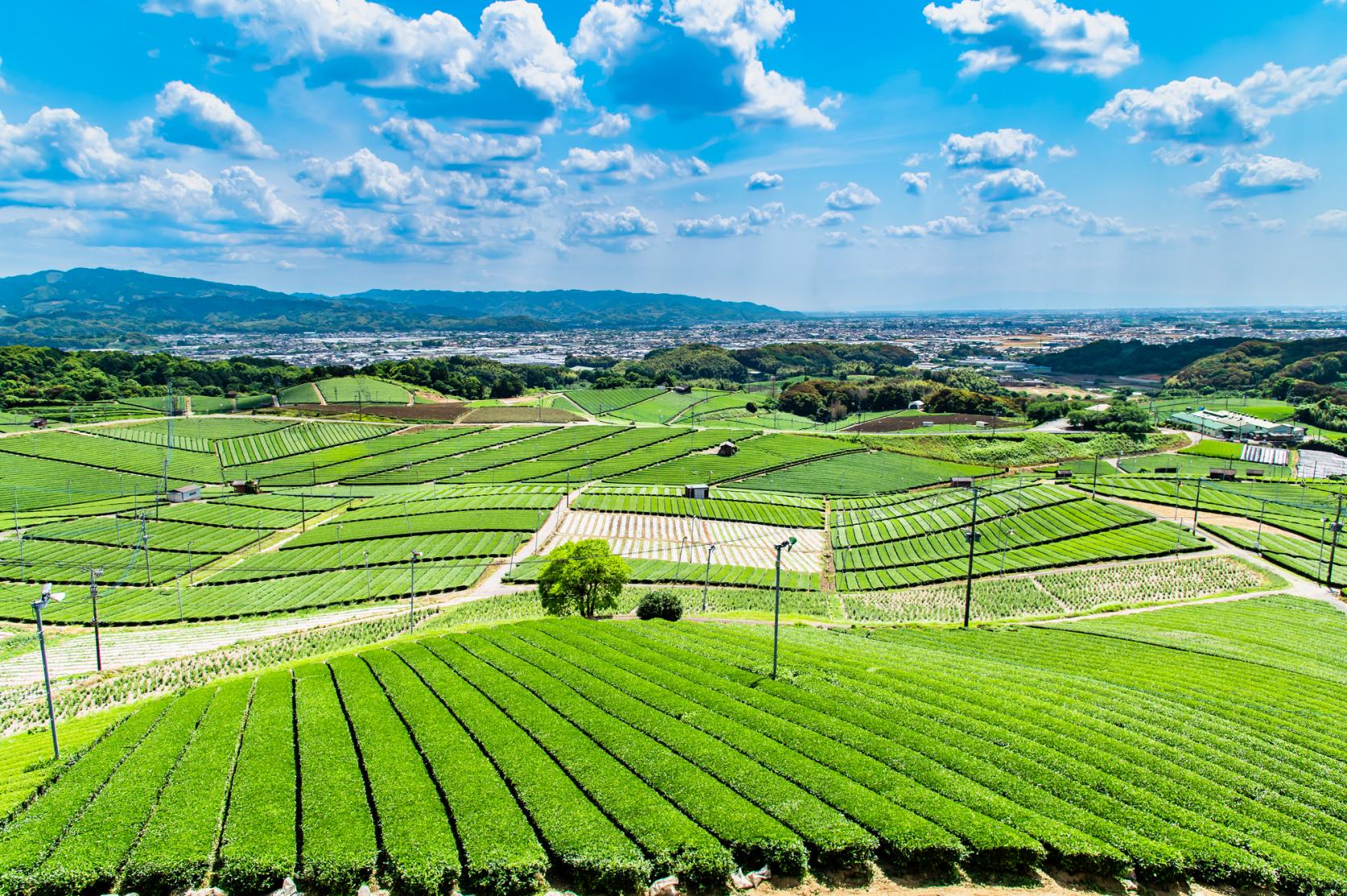
Yame Central Grand Tea Garden (pilot grand tea garden)
View moreThe vast tea farms spreading over gentle hills form the massive production region for Yame tea, a leading brand of tea from Fukuoka. The scenery viewed from the observation deck seems as though the world is covered in a beautiful green carpet. Meanwhile, the cafe lets you gaze on the tea fields while enjoying Yame tea or Yame tea flavored soft ice cream.
-
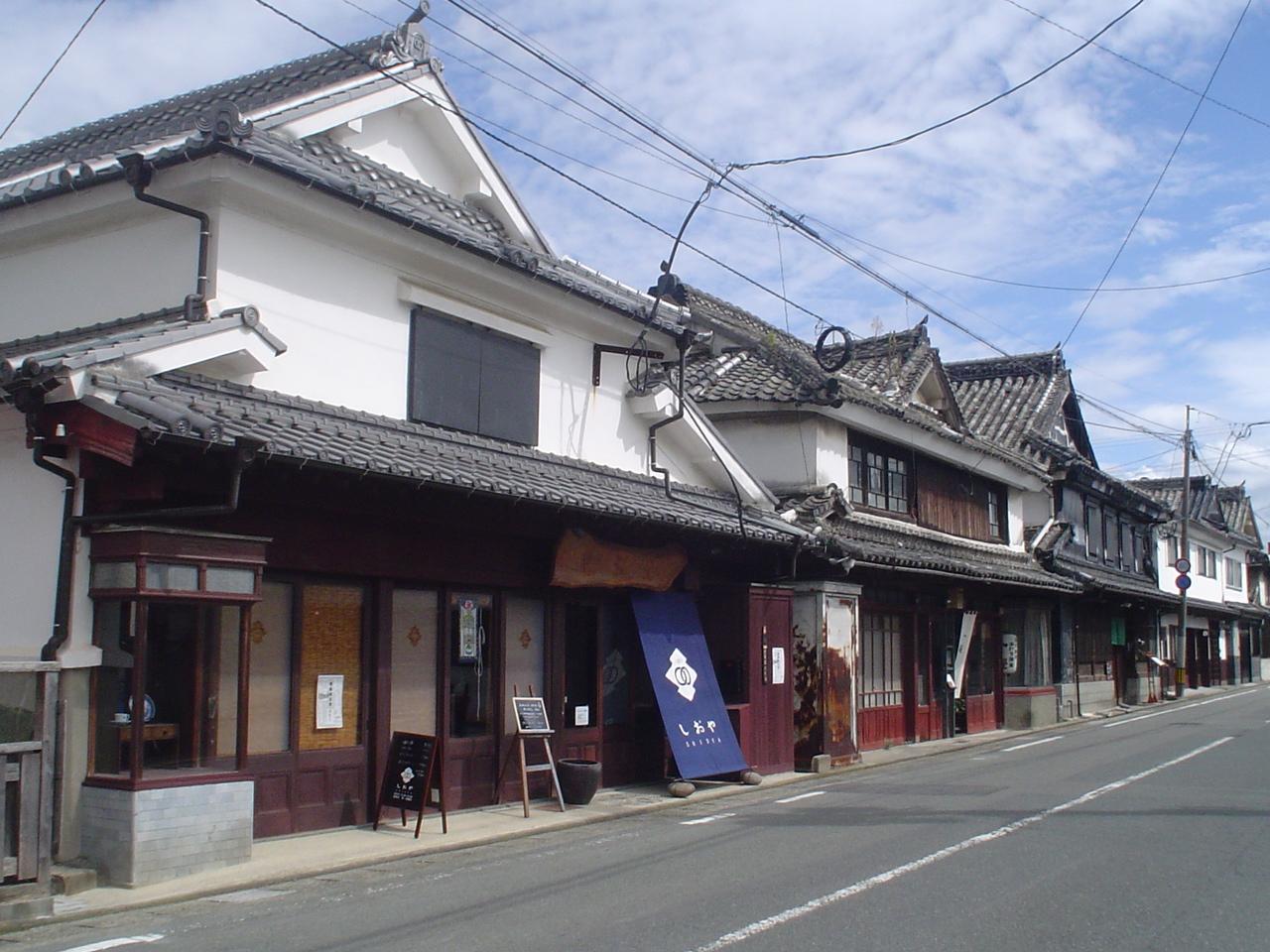
White Walls of Fukushima
View moreThe area prospered economically and politically during the Edo period, and today is designated as a National Preservation District for Groups of Traditional Buildings for the many traditional homes of merchants that remain from that time. The Fukushima Hachimangu shrine offers fascinating events during each season, such as the Fukushima Toro Ningyo doll performance, nationally designated as an Important Intangible Folk Cultural Property, that is held every September.
Kumamoto Prefecture
Forests cover roughly 60% of Kumamoto Prefecture, which is known as the Land of Fire thanks to Mt. Aso, boasting one of the biggest calderas in the world. Kumamoto is full of great tourist destinations that immerse you in history and magnificence, such as Kumamoto Castle and the Suizenji Jojuen (Suizenji Park), hot springs such as Kurokawa Onsen and Aso Onsen, and local cuisine such as Kumamoto ramen, horse sashimi, and Karashi Renkon (mustard lotus root).
You can use your JR Kyushu Rail Pass to visit the main train stations in Kumamoto by traveling via the Kyushu Shinkansen, which runs along the west coast, the Kagoshima Main Line, and the Hohi Line, from Hakata Station in Fukuoka.
Miyazaki Prefecture
Miyazaki Prefecture features a warm, subtropical climate and numerous scenic spots that evoke a tropical atmosphere. Known as the location of Tenson Korin, a story from Japanese mythology, the prefecture features a number of power spots such as the Takachiho Gorge, Amano Yasukawara, and Aoshima Island. The gourmet options of Miyazaki that you can enjoy include Miyazaki Beef, ranked number one in Japan four years consecutively, charcoal grilled chicken and Chicken Nanban, seafood caught in the wide open seas, tropical fruits such as the mango, and locally brewed Honkaku Shochu.
Using the JR Kyushu Rail Pass from Hakata Station in Fukuoka, you can get to Miyazaki Station via the Kyushu Shinkansen via Kagoshima Chuo Station, or via the Nippo Line. Then you can travel to the major stations in Miyazaki from there via the Nichinan Line, the Nippo Line, or the Kitto Line.
Kagoshima Prefecture
Kagoshima is known for its hot springs, such as Kirishima Onsen and Ibusuki Onsen, its many historic sites from the late Edo period, and as hosting many active volcanoes such as Sakurajima. It also features power spots such as the Kirishima Jingu shrine, and the Chiran Peace Museum which teaches about the history of WWII. Many gourmet ingredients come from Kagoshima, such as Kurobuta (black pork), eel, and Bonito fish, and local cuisine includes Satsuma-age (fried fish cakes) and Imo-shochu (potato shochu).
You can use your JR Kyushu Rail Pass to travel from Hakata Station in Fukuoka to the Kagoshima Chuo Station via the Kyushu Shinkansen. Then you can travel to other major stations in the prefecture on the Ibusuki Makurazaki Line and Nippo Line.
From Fukuoka to Oita via Kokura and Moji
If you want to travel from Fukuoka to Oita, go via Kokura and Moji! Kokura, loved as the entertainment district of Kitakyushu City, and Moji, with its historic and nostalgic townscape that offers a rich international mood, are two popular tourist areas.
-
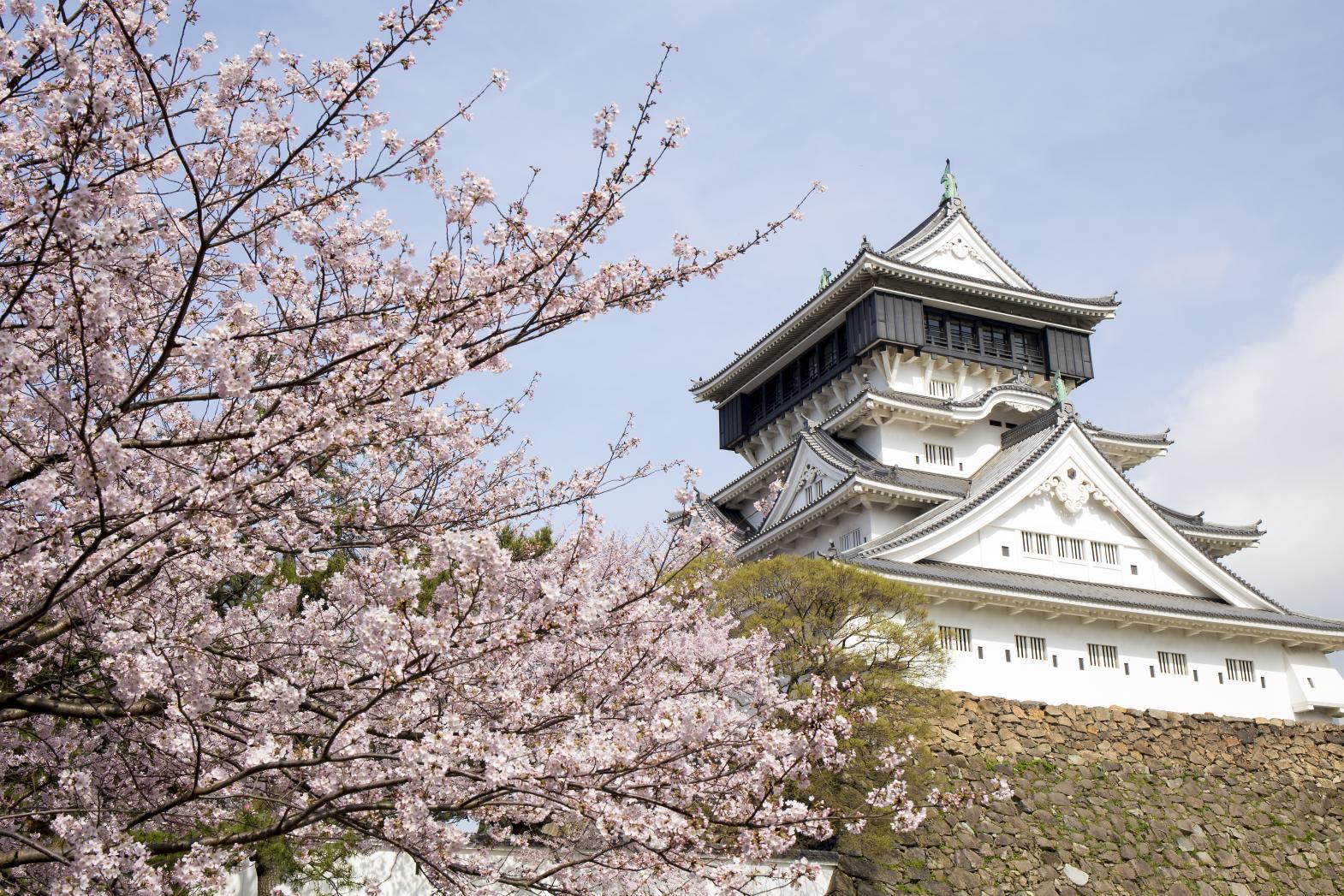
Kokura Castle
View moreKokura Castle was originally built by Tadaoki Hosokawa, the first lord of the Kokura Domain. The current incarnation of the castle is a reconstruction dating from 1959. The castle tower is constructed in the Japanese Karazukuri architectural style, with the 5th floor notably being larger than the 4th. Other impressive sites include the stone walls comprised of uncut stone following a style called Nozurazumi.
-
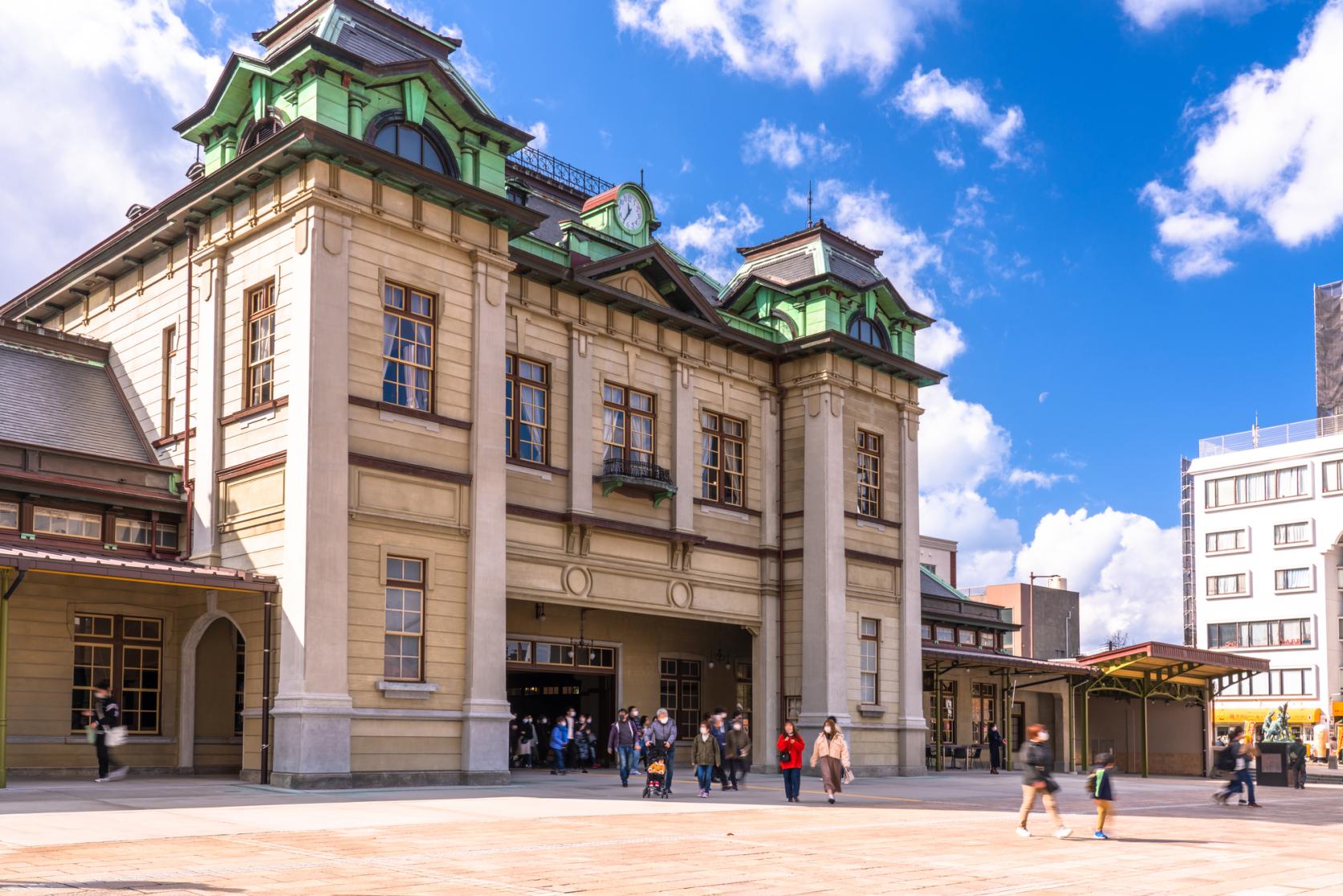
Mojiko Retro Area
View moreMoji Port, which opened in 1889, prospered as a hub for international trade. There are many western style buildings remaining that give echoes of those times, and the area is in the process of being reborn as a new urban tourism hub that expertly mixes historic architecture and nostalgic townscapes with modern urban functions. Parts of the area are illuminated at night time during the winter.
Oita Prefecture
Oita is number one in Japan in terms of the number of hot springs and the volume of hot spring waters, and features many famous hot spring resort areas such as Beppu and Yufuin, as well as tourist destinations such as the Beppu "Jigoku Meguri" Hells Tour. Other popular destinations include the Sanrio Character Park Harmonyland where you might meet Hello Kitty, and Kijima Kogen Park which features Japan’s first wooden roller coaster.
You can travel from Hakata Station in Fukuoka using your JR Kyushu Rail Pass to Oita Station on the limited express Sonic train. Then you can travel to the other major stations in the prefecture from Oita Station via the Kyudai Line, Hohi Line, and Nippo Line.
*The information in this article is as of March 2024.


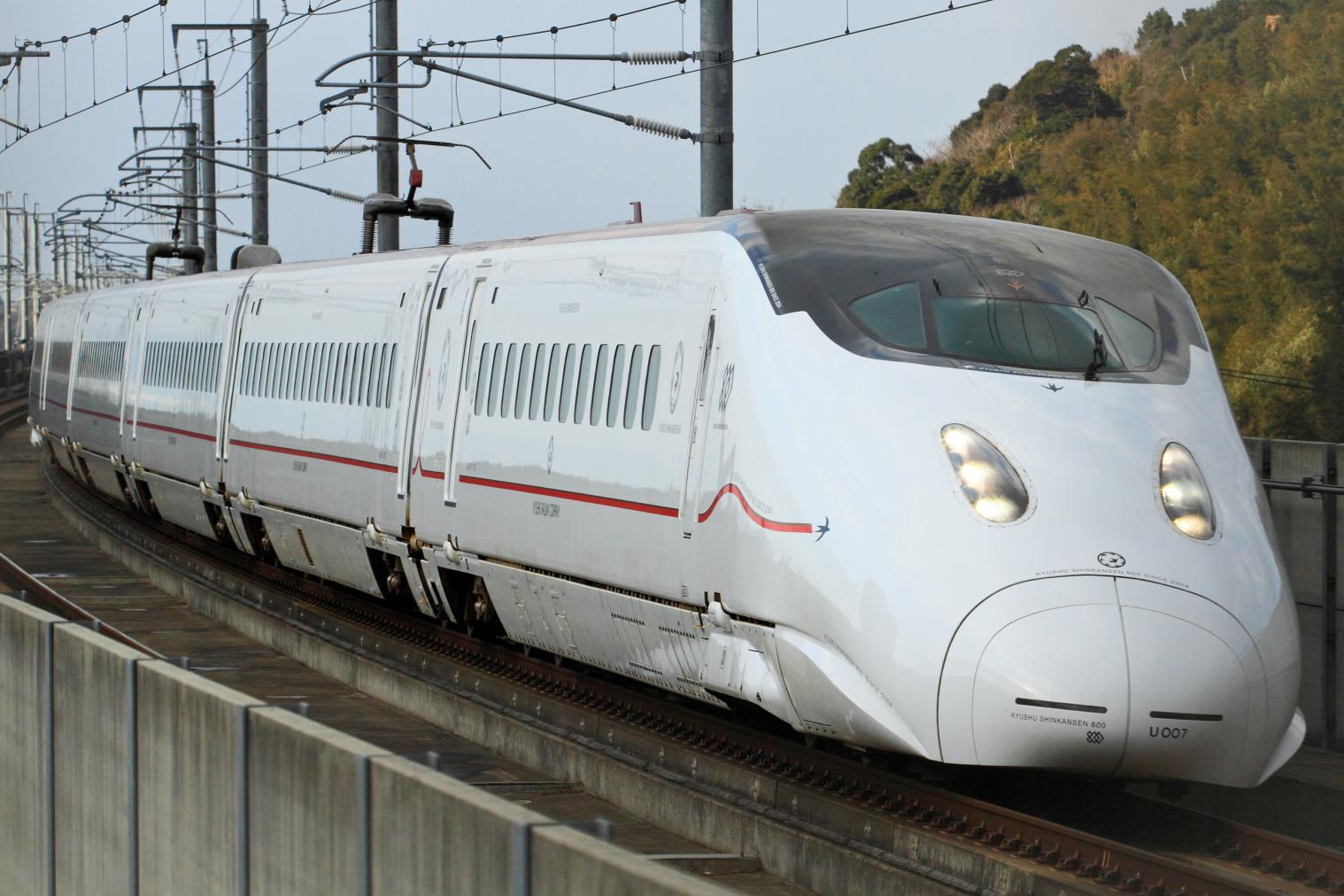
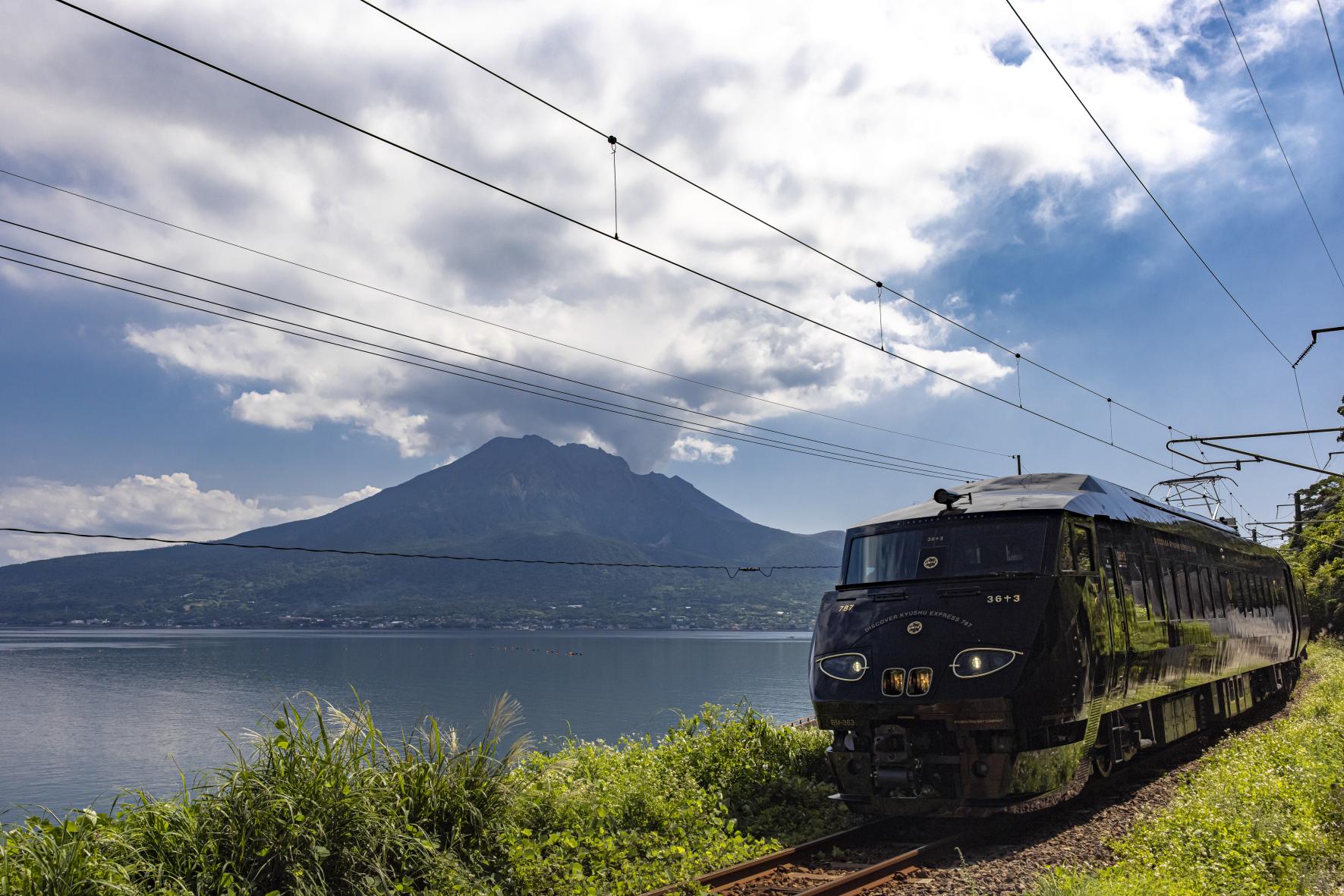
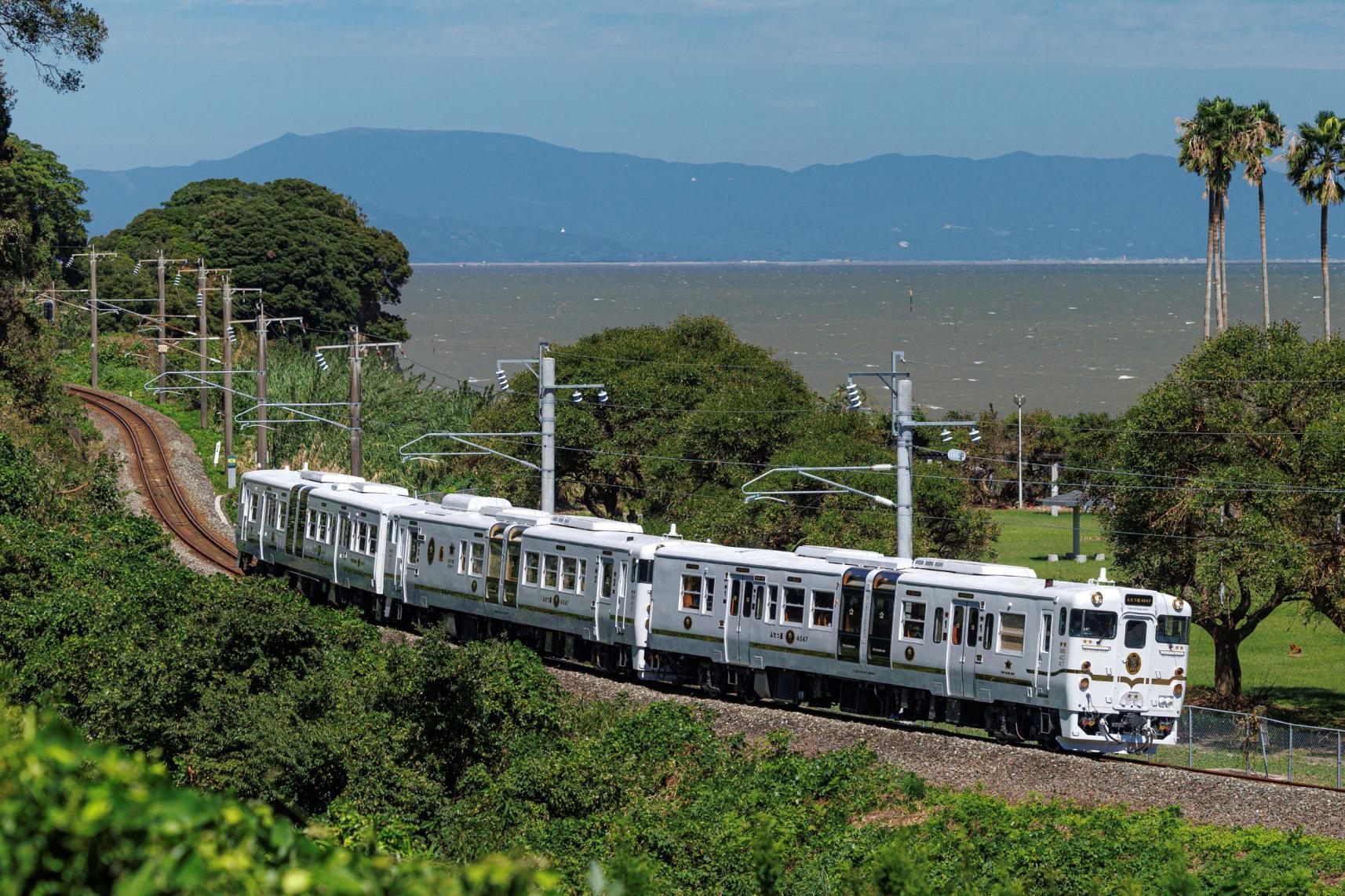
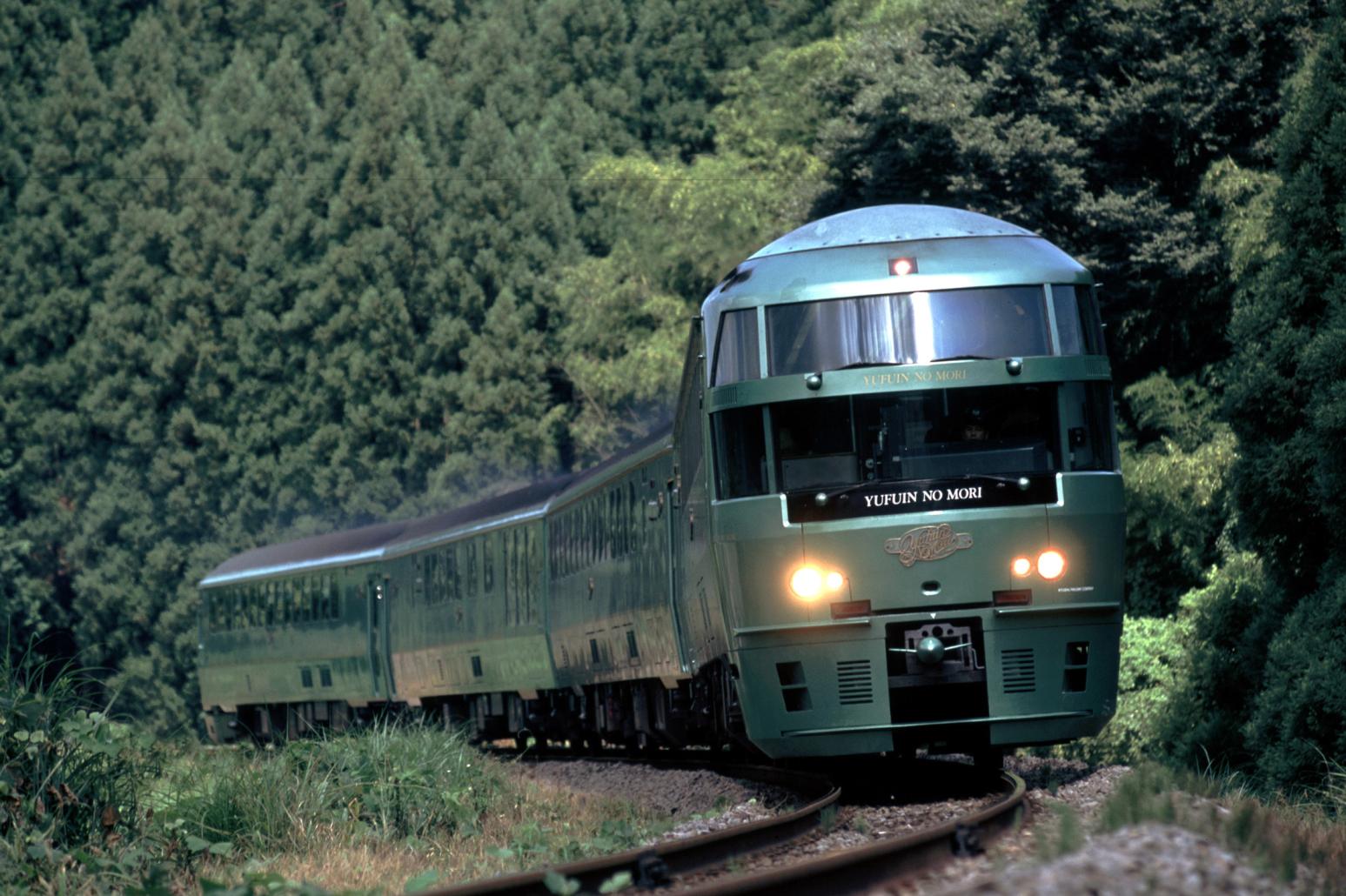
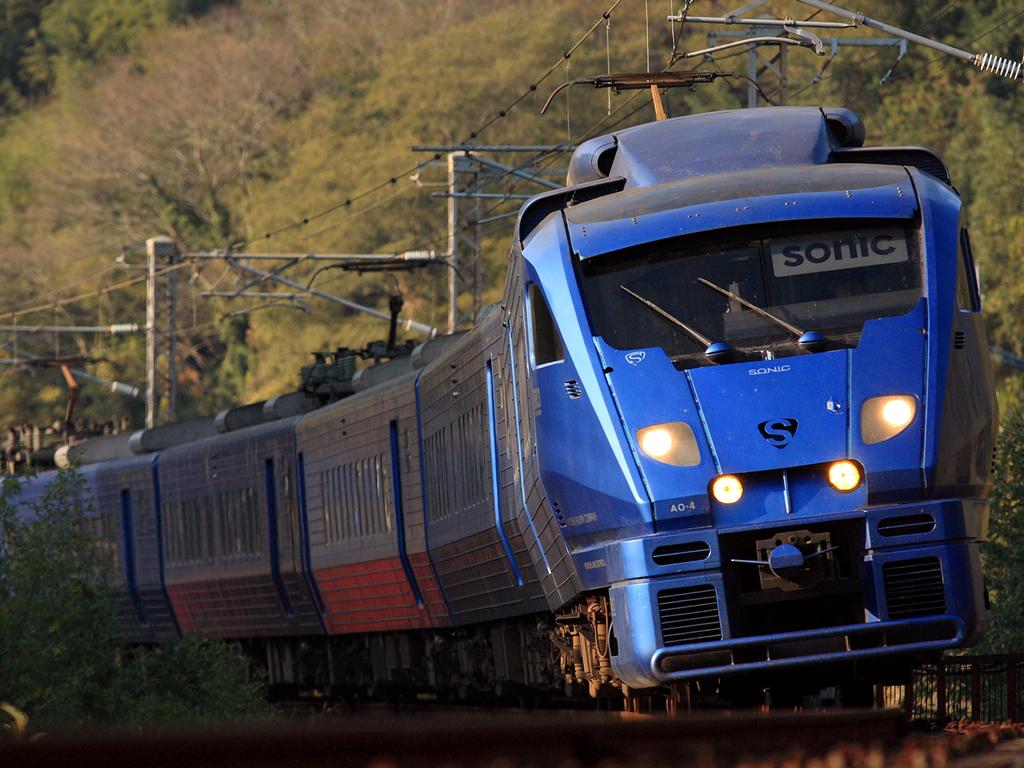
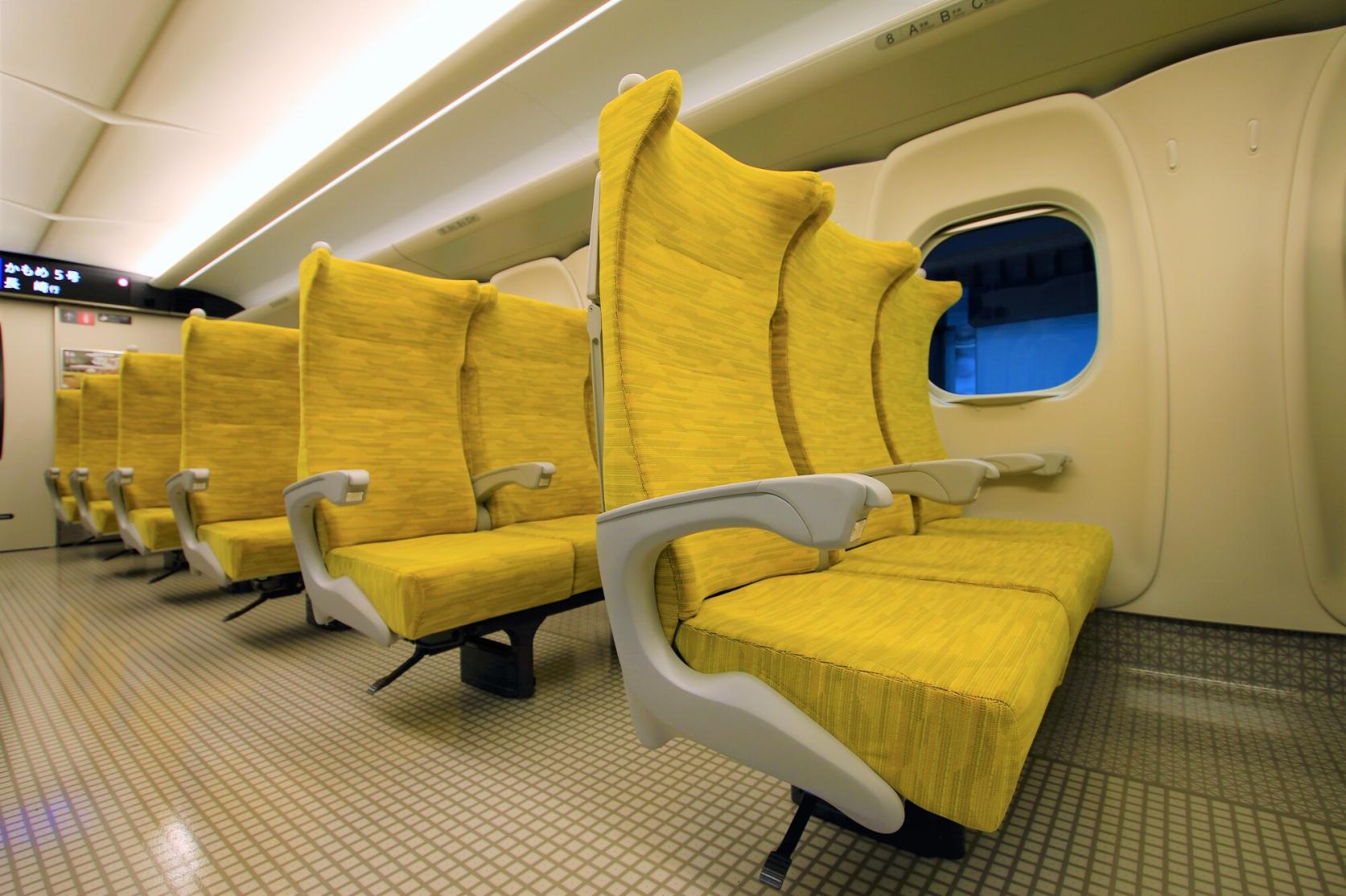
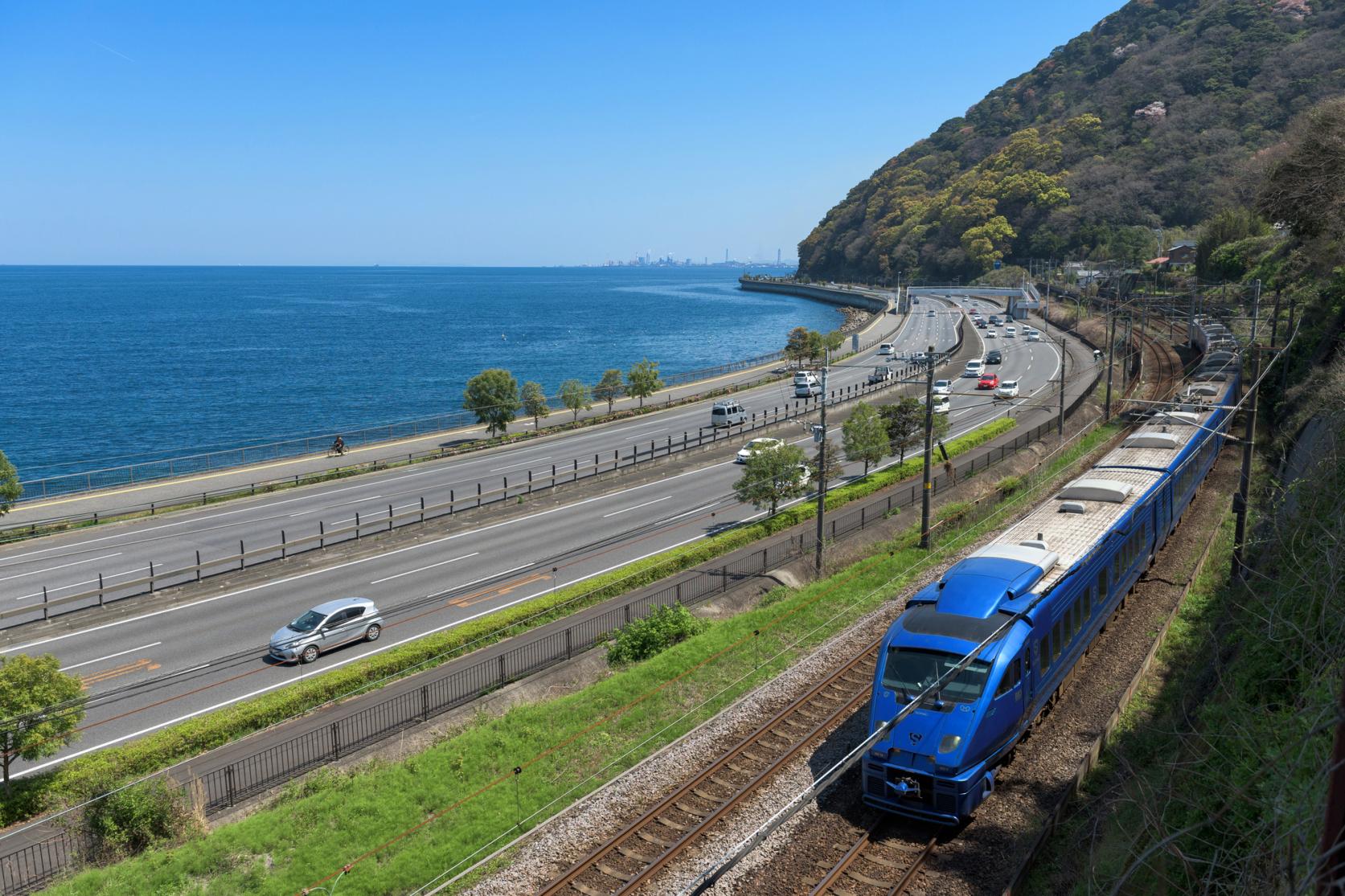
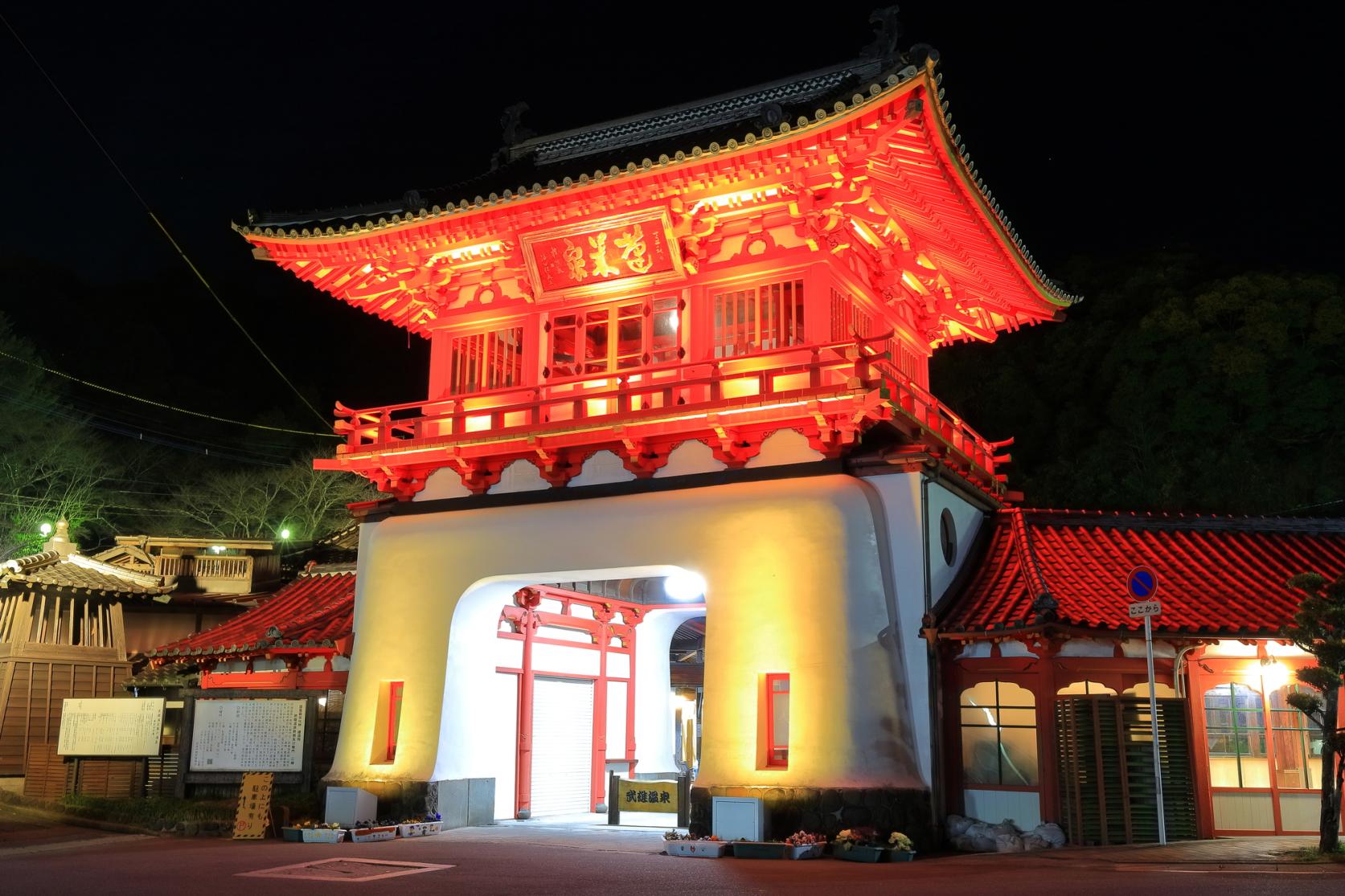
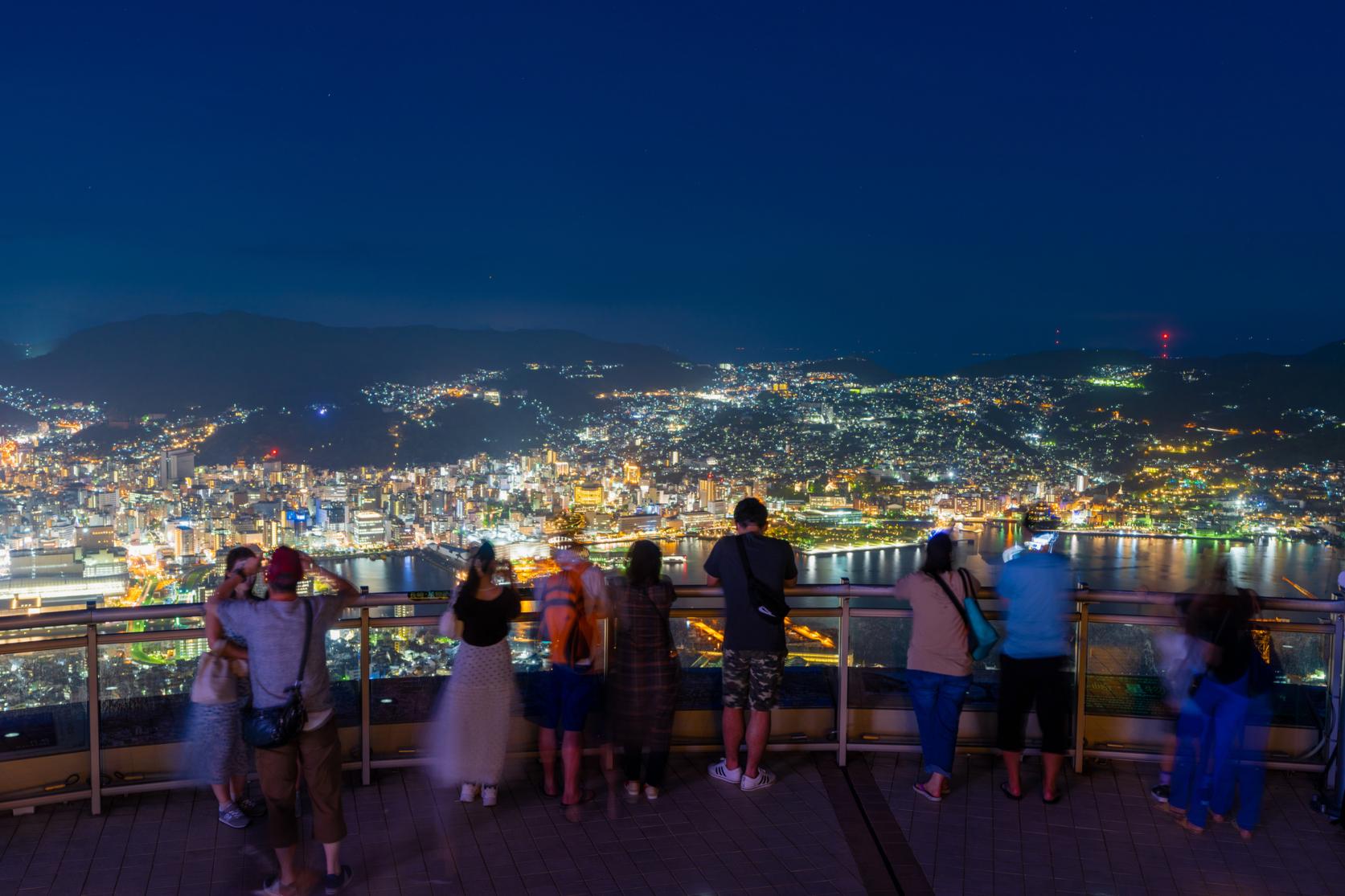
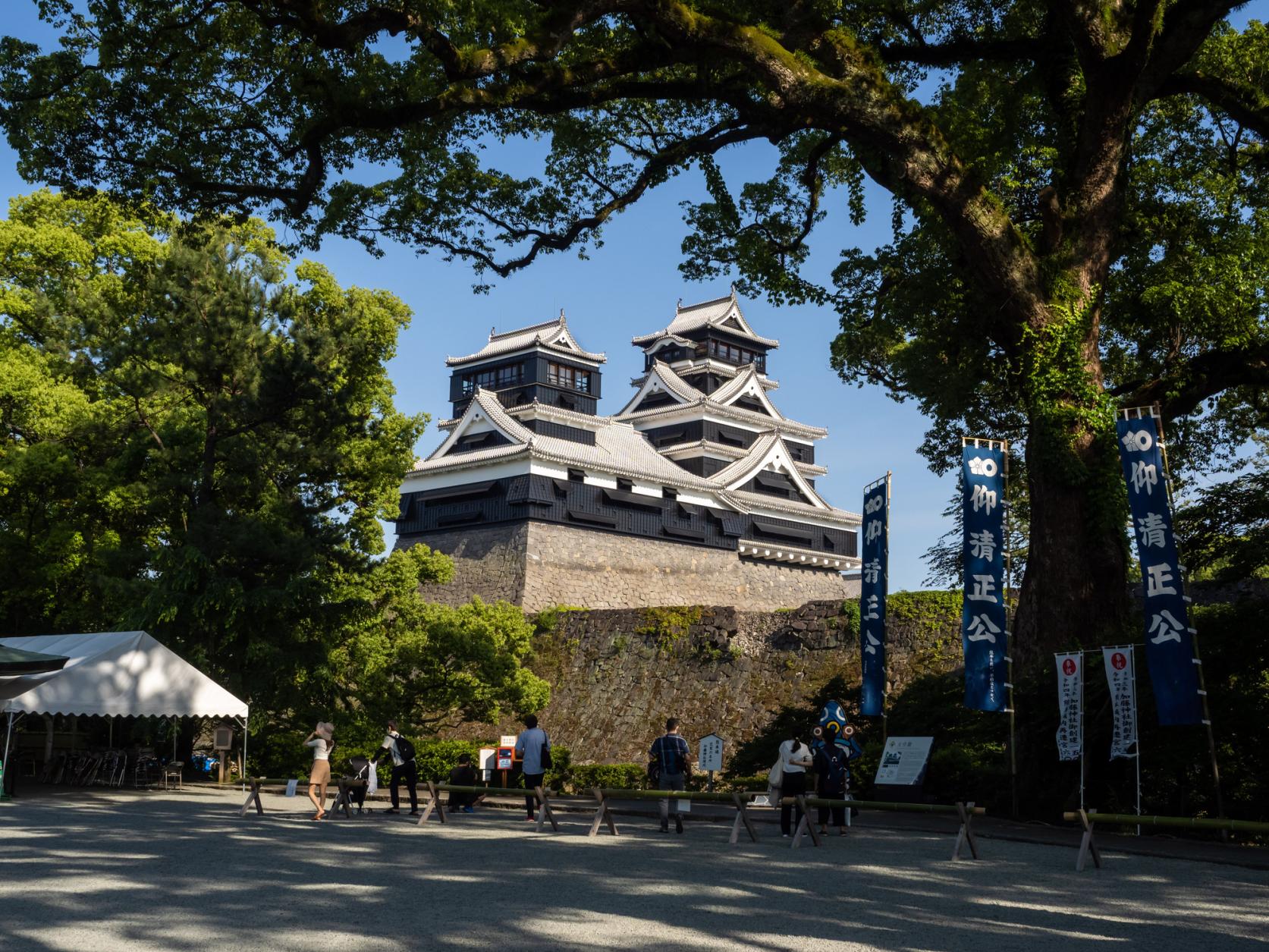
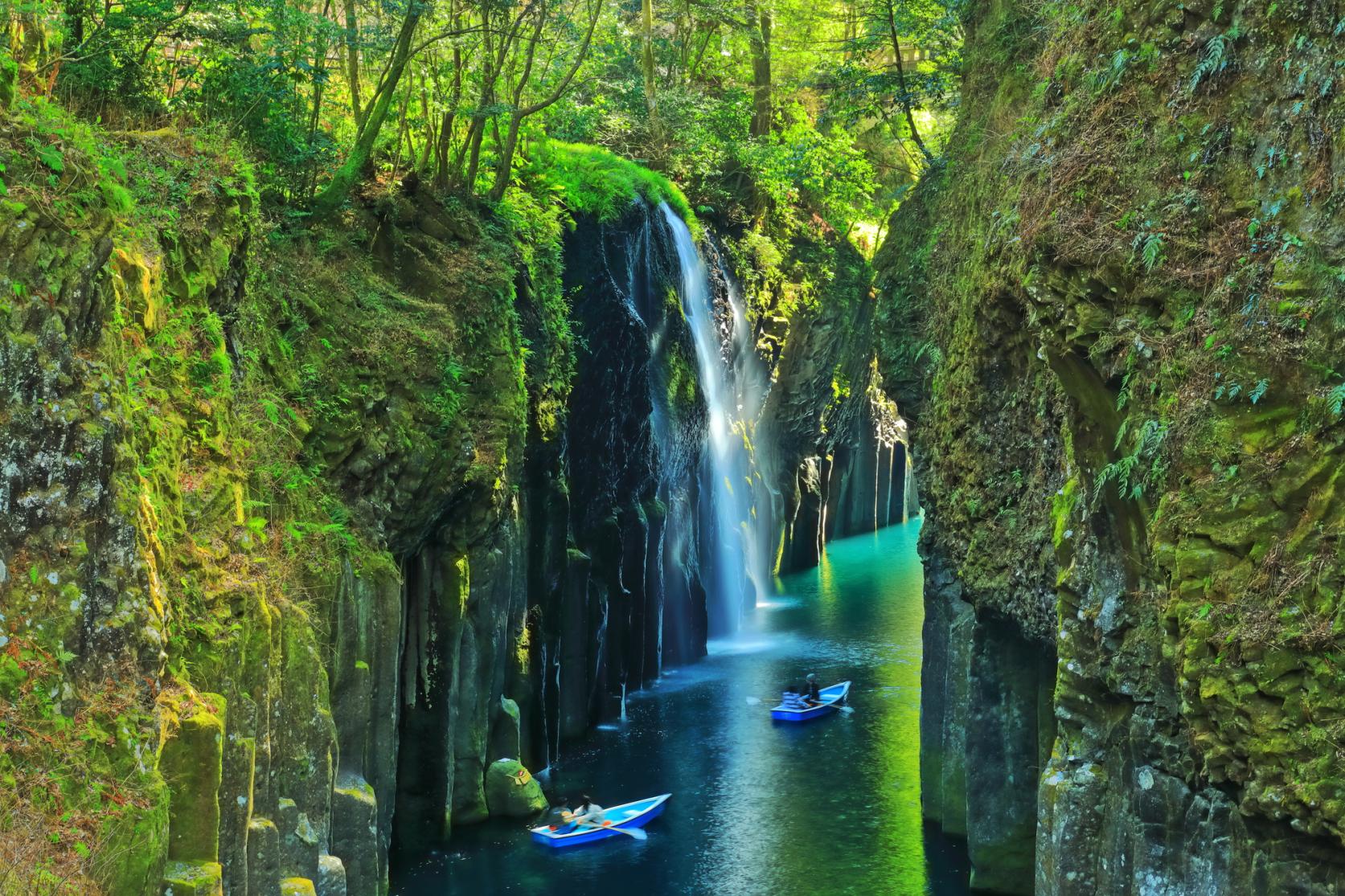
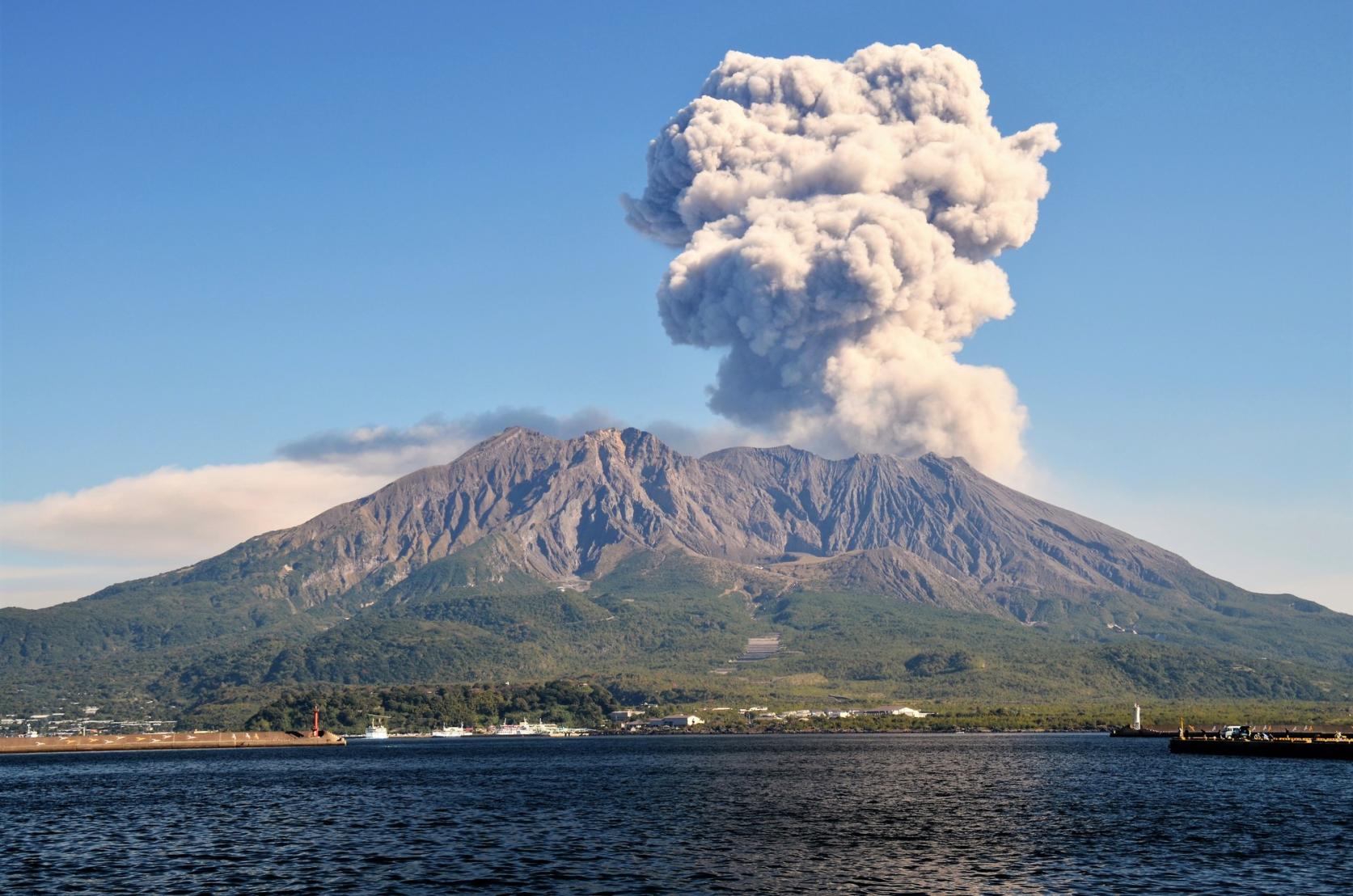
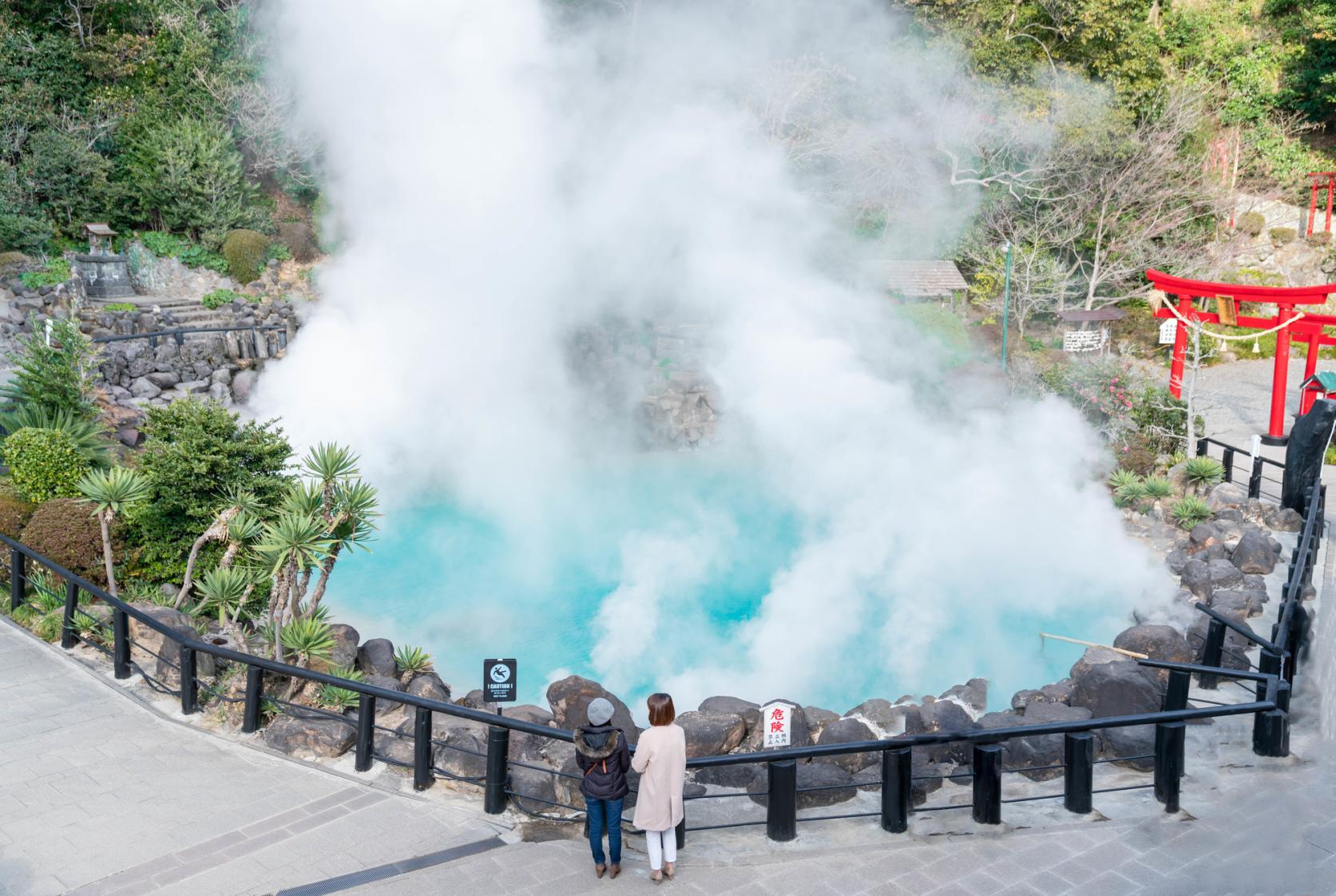
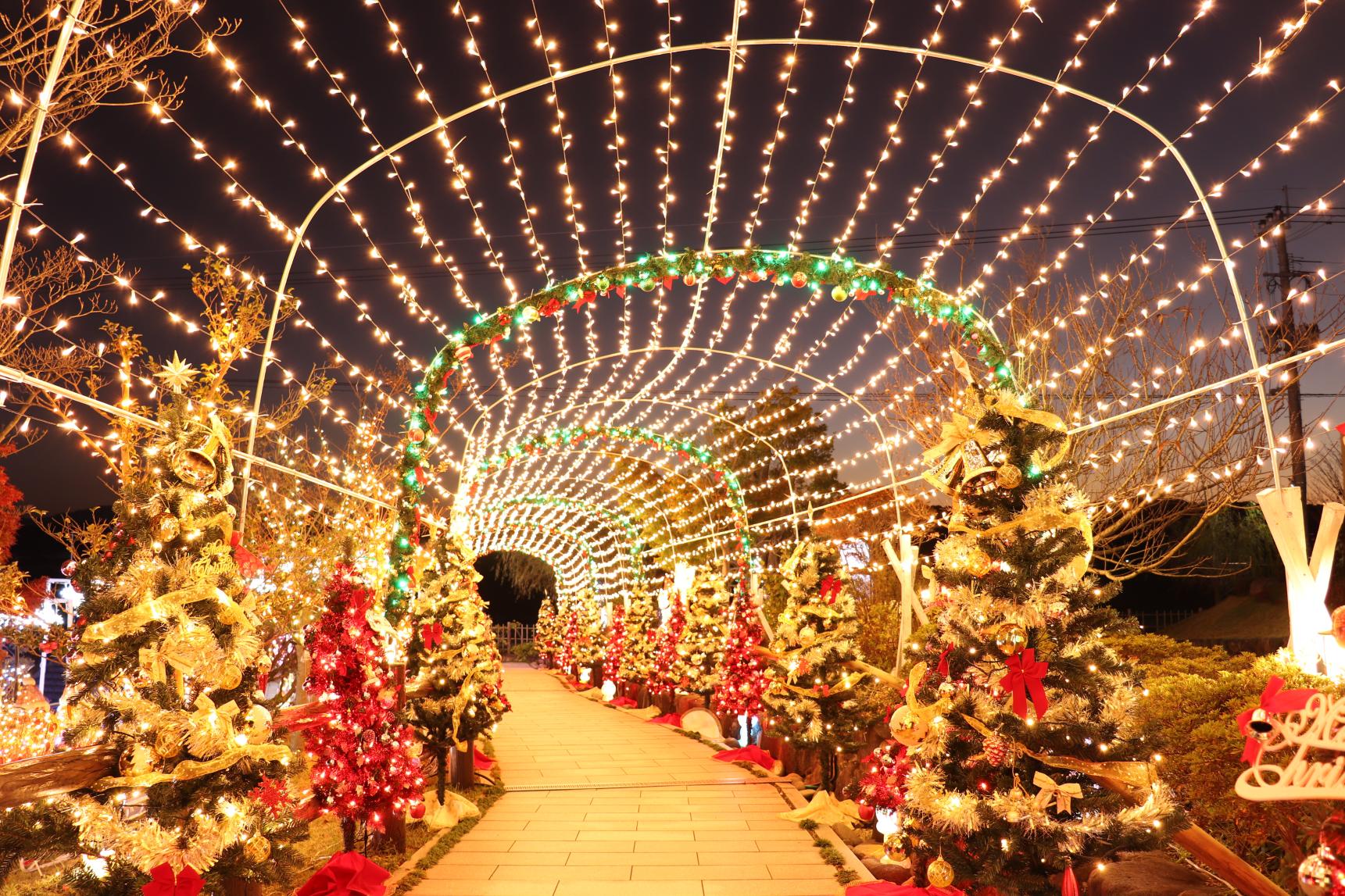
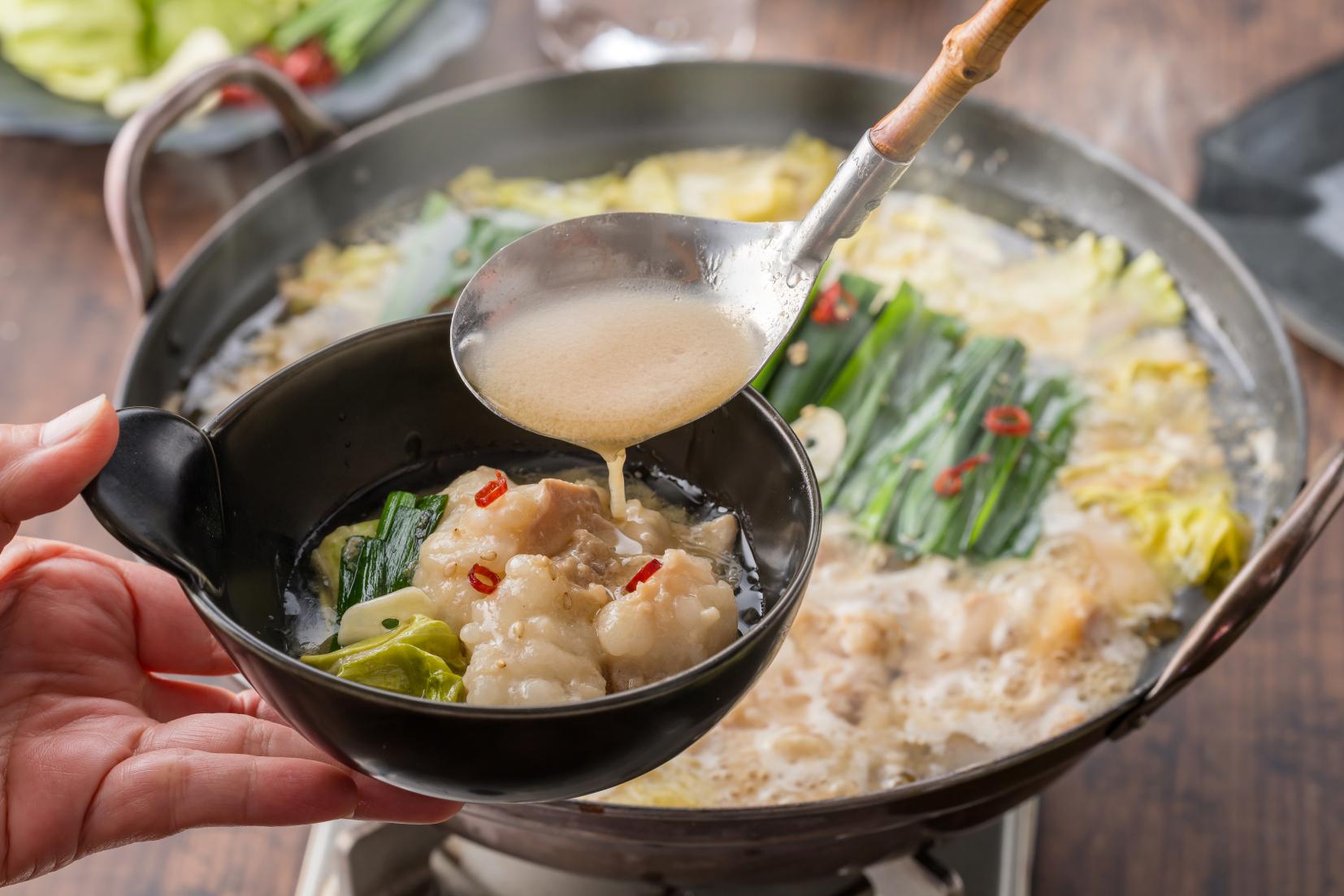
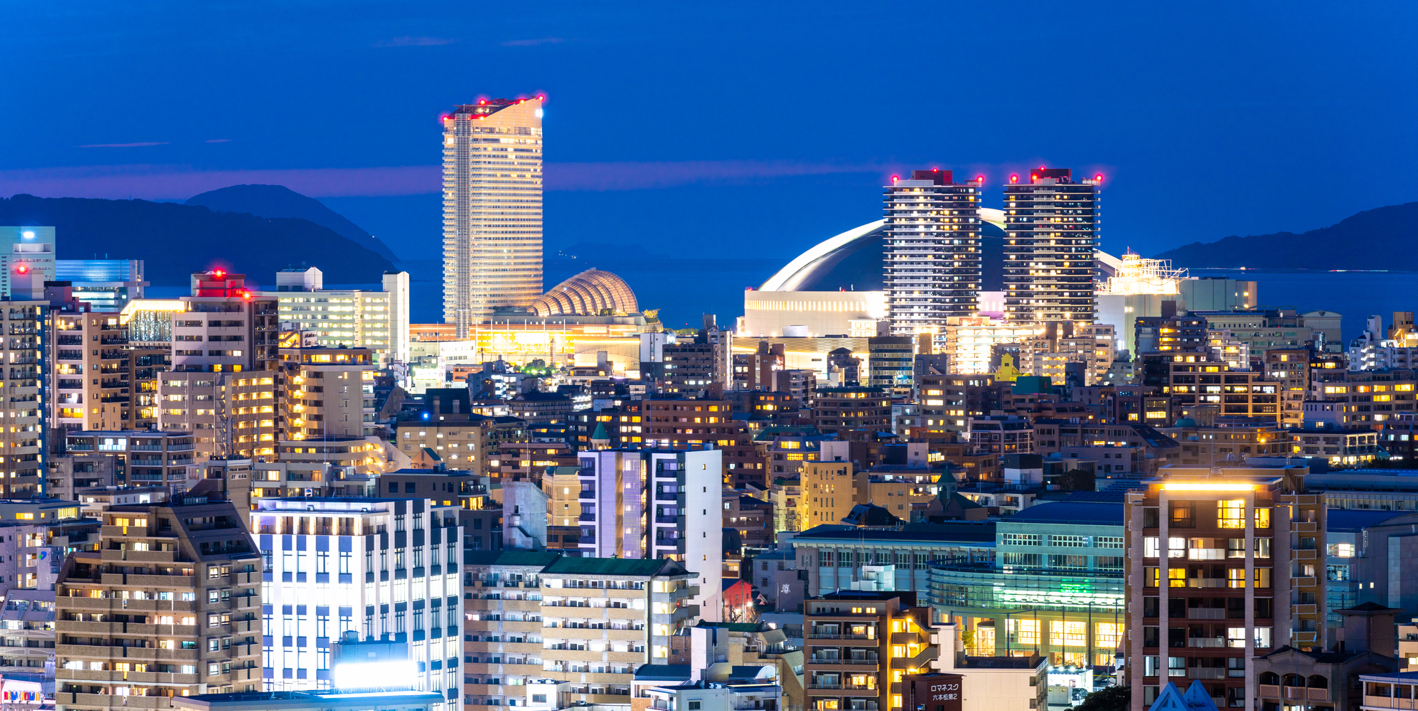
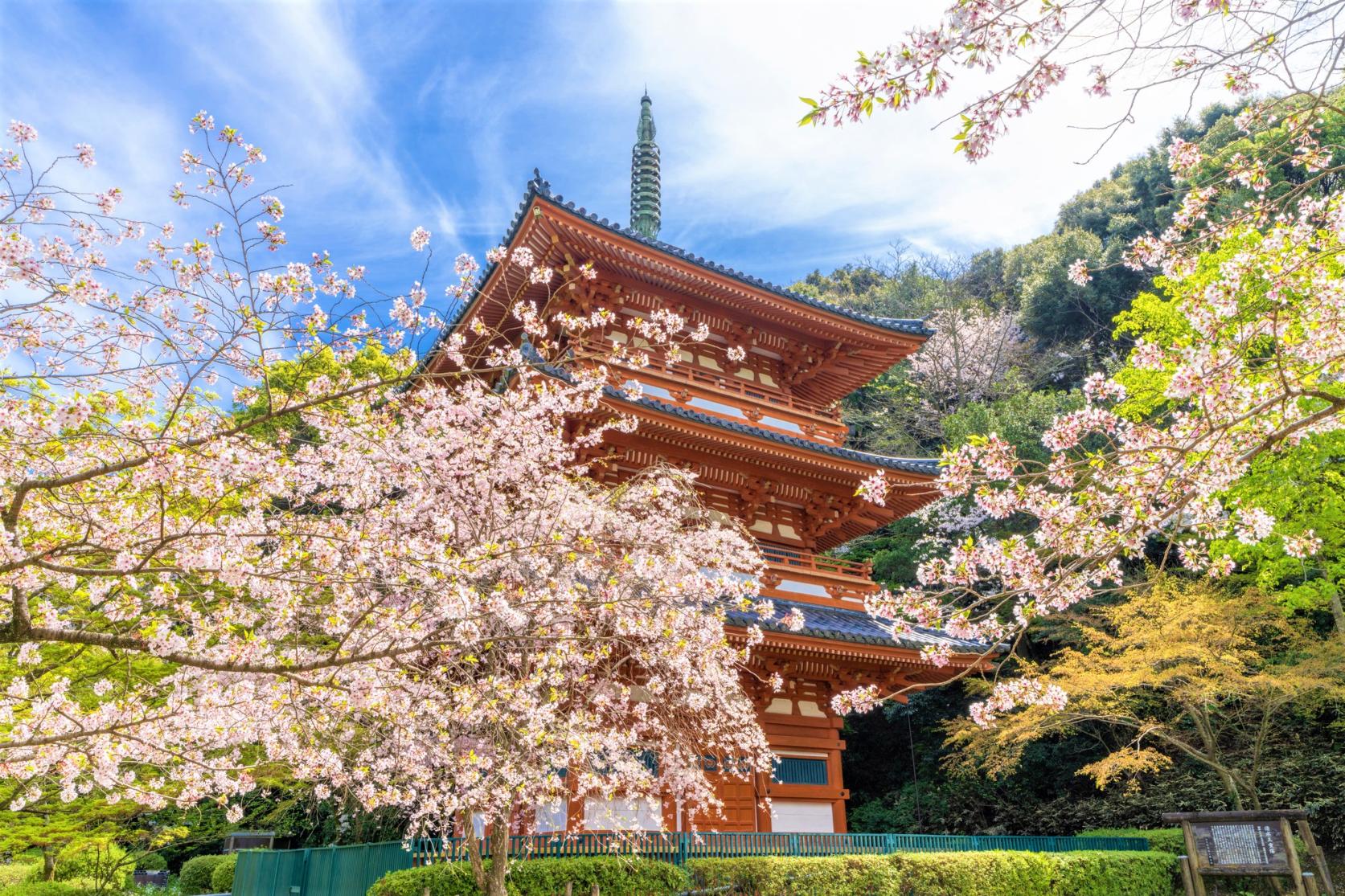
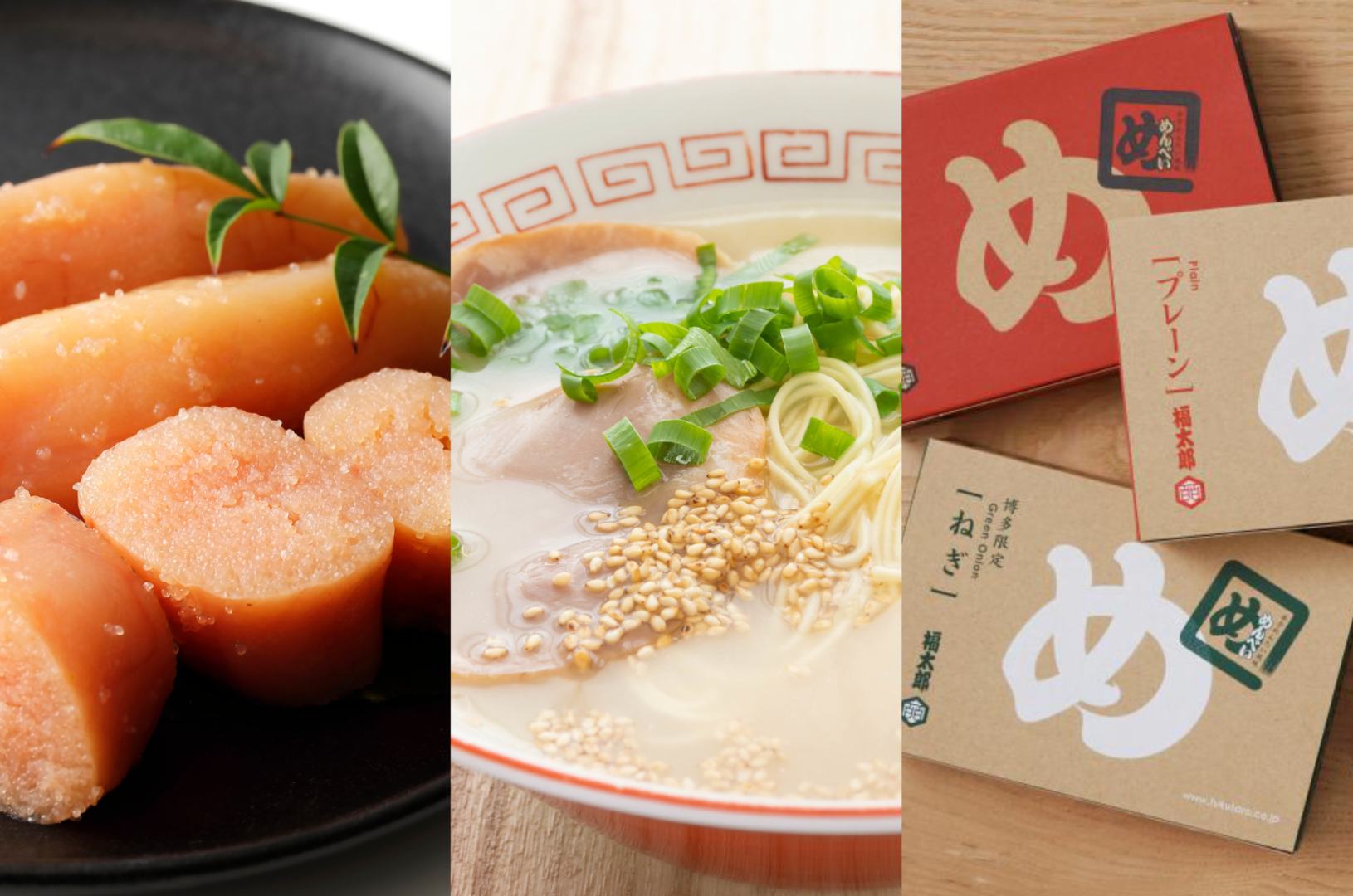
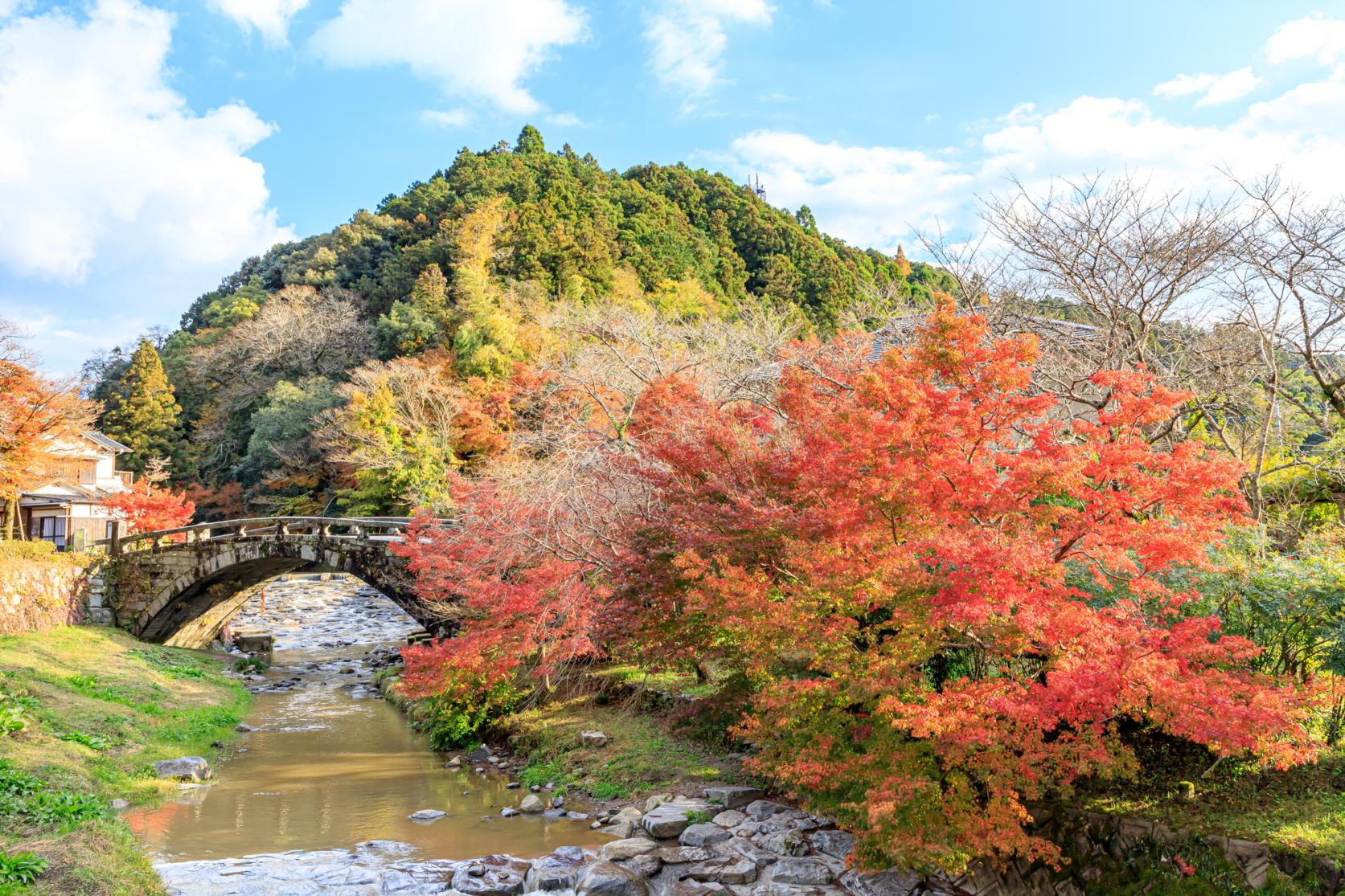

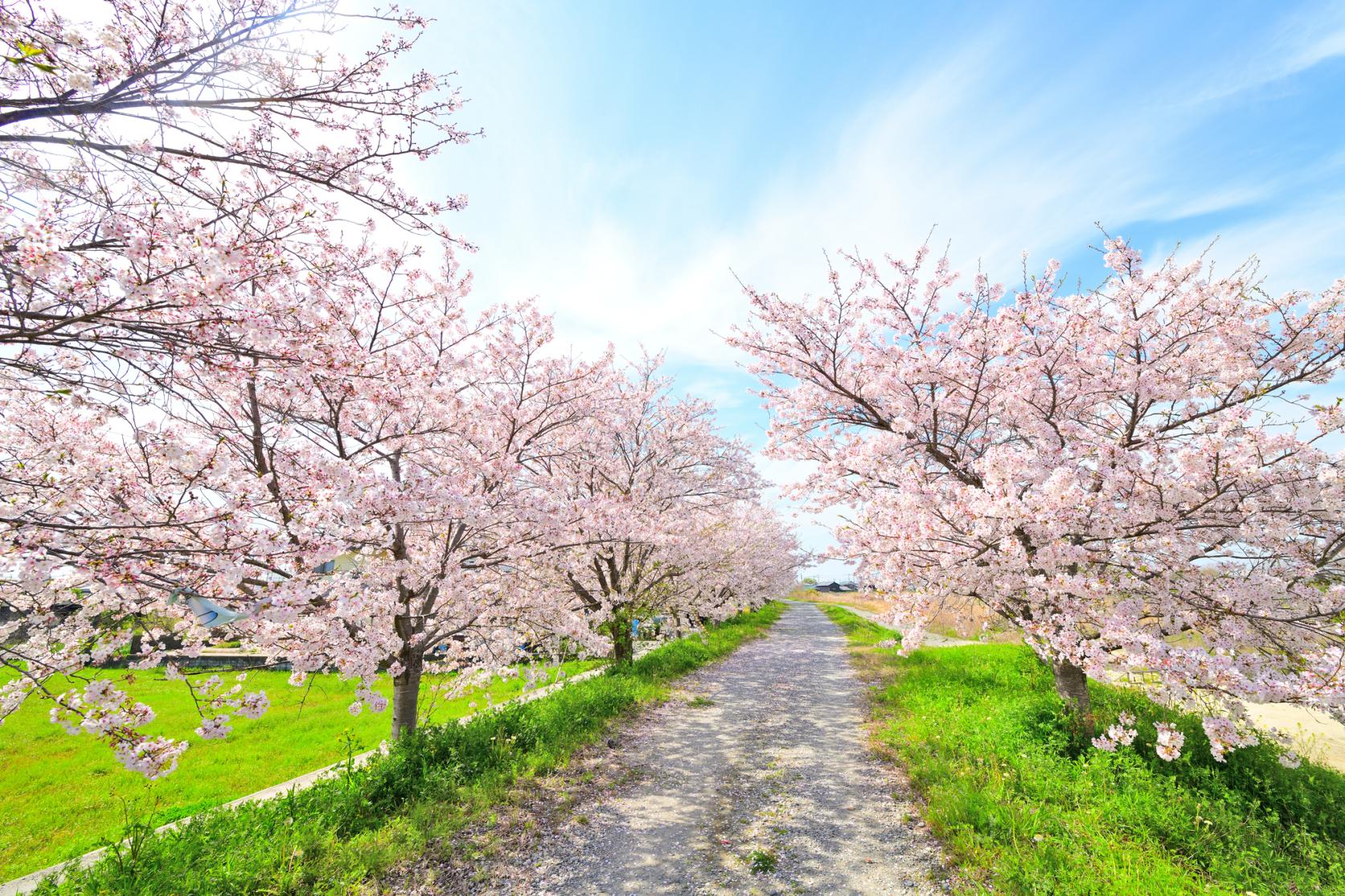
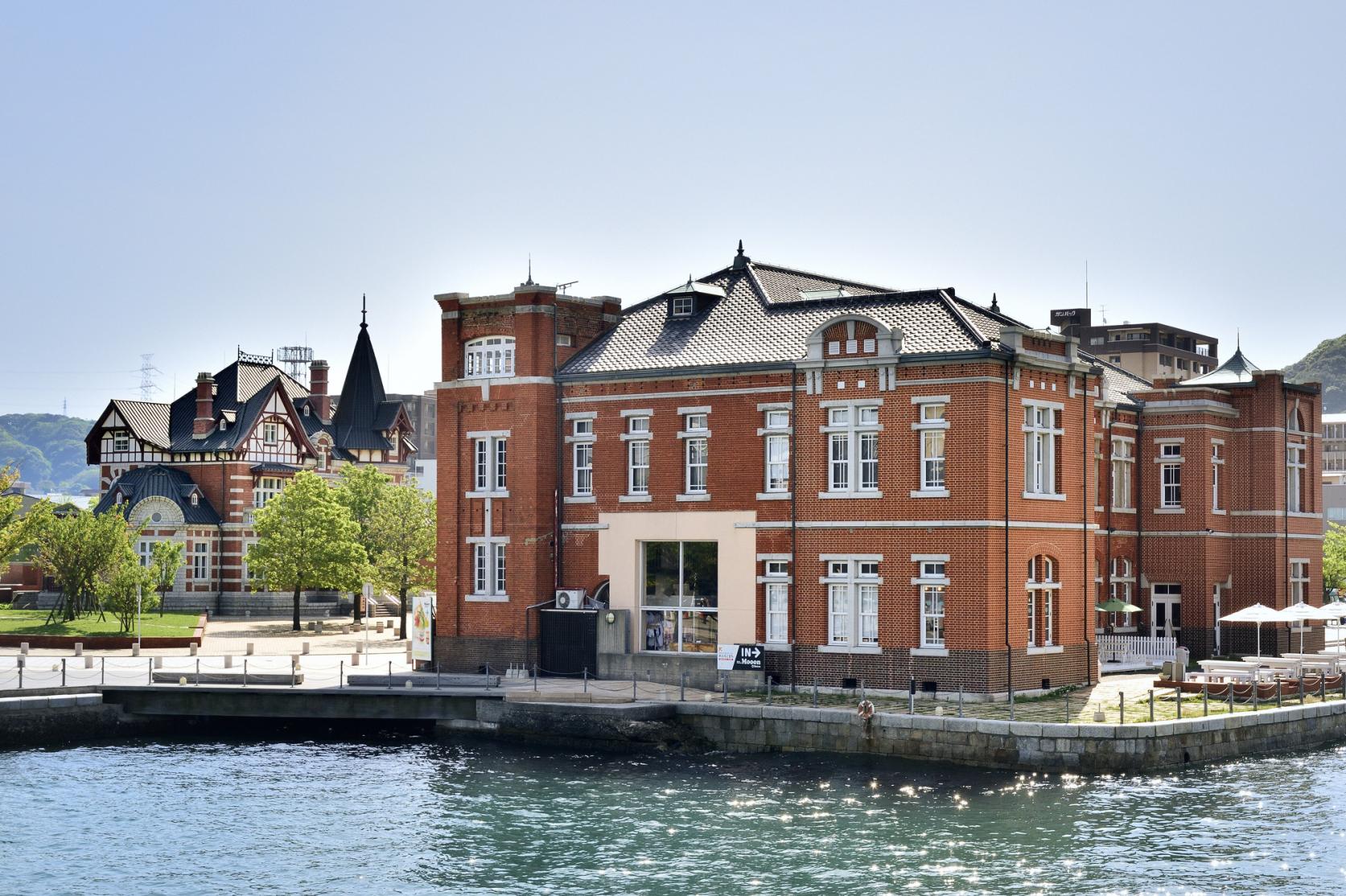
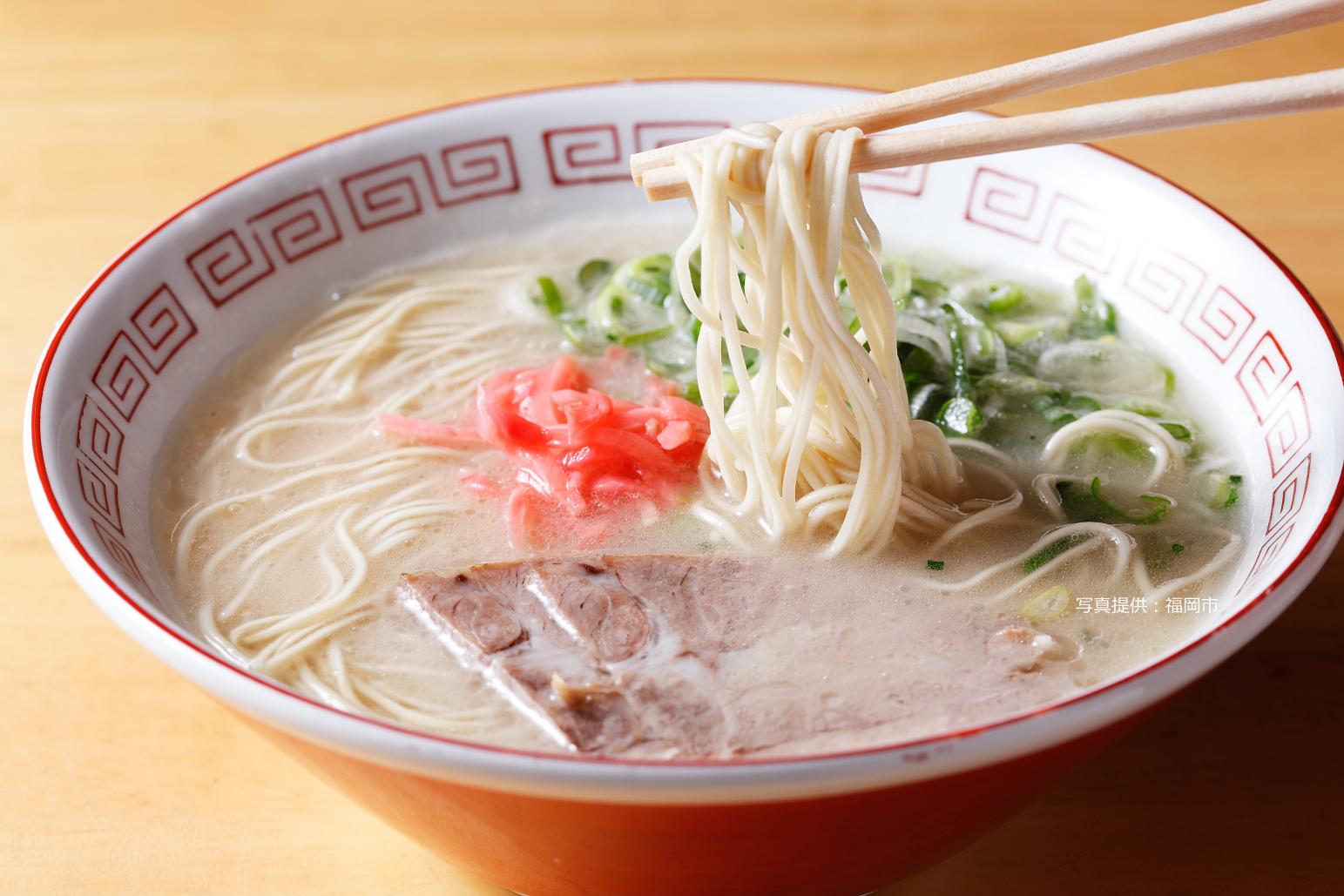
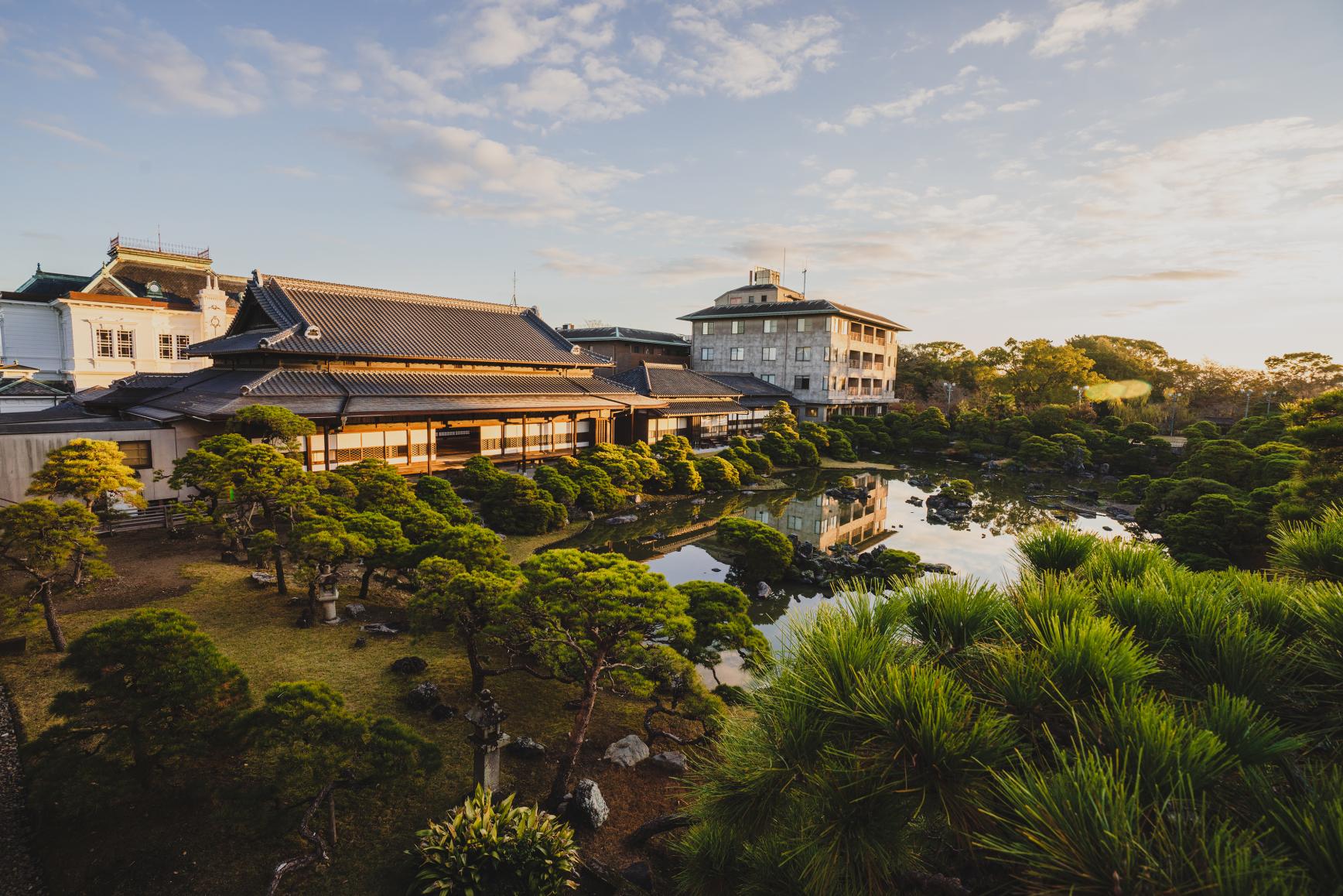
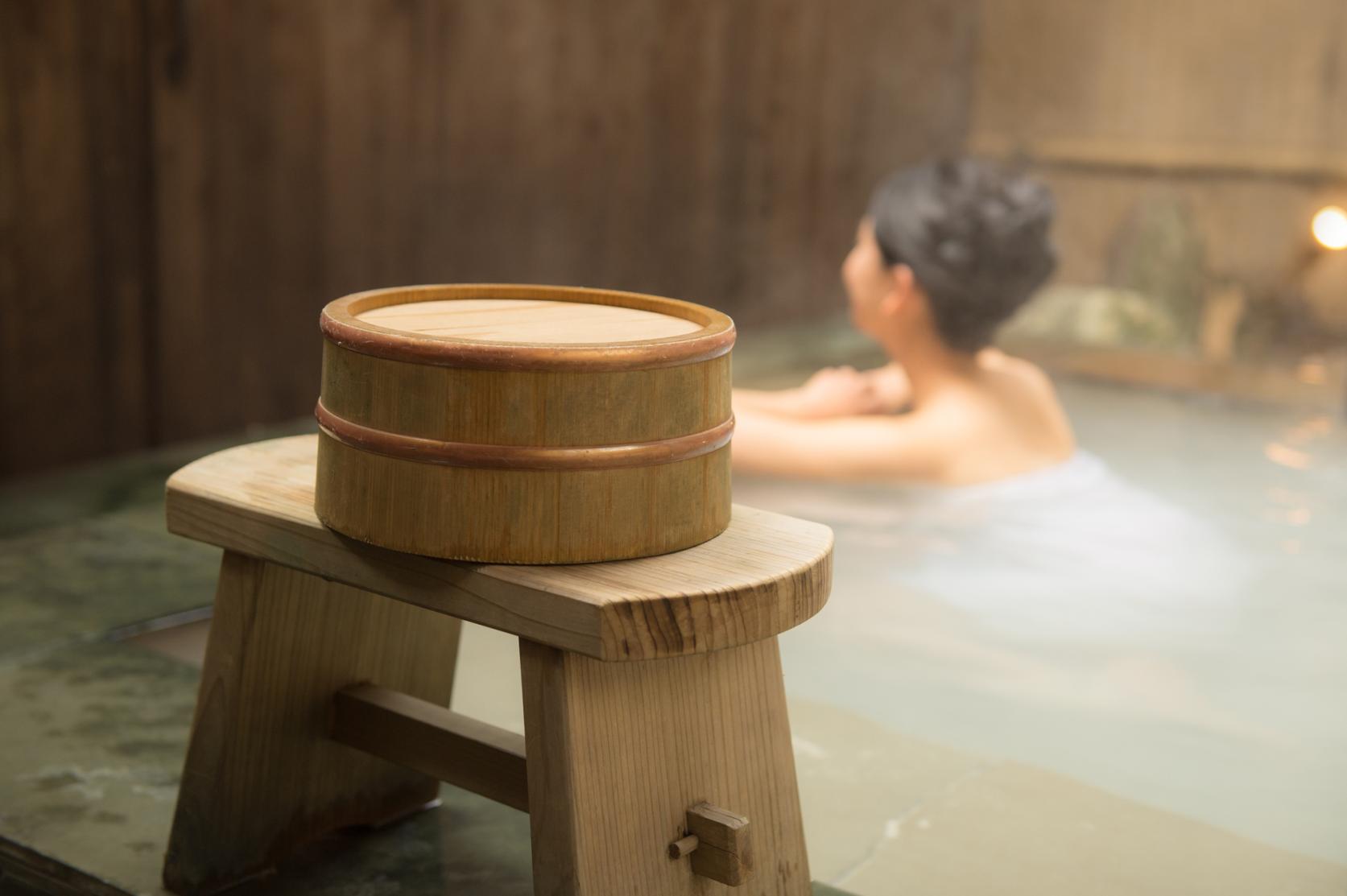

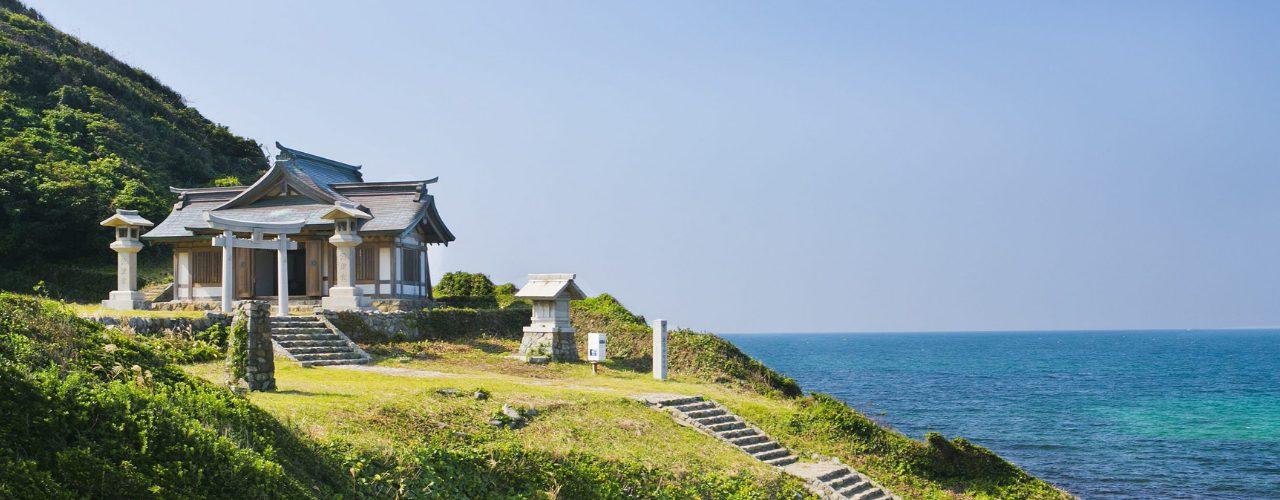
![[2025] Strawberry Picking Spots in Fukuoka-1](https://www.crossroadfukuoka.jp/storage/special_features/49/responsive_images/9ZHgrqvQdpH8tM4IRF54DXu0aPBF3YGGkj5WOTGc__1673_1115.jpg)
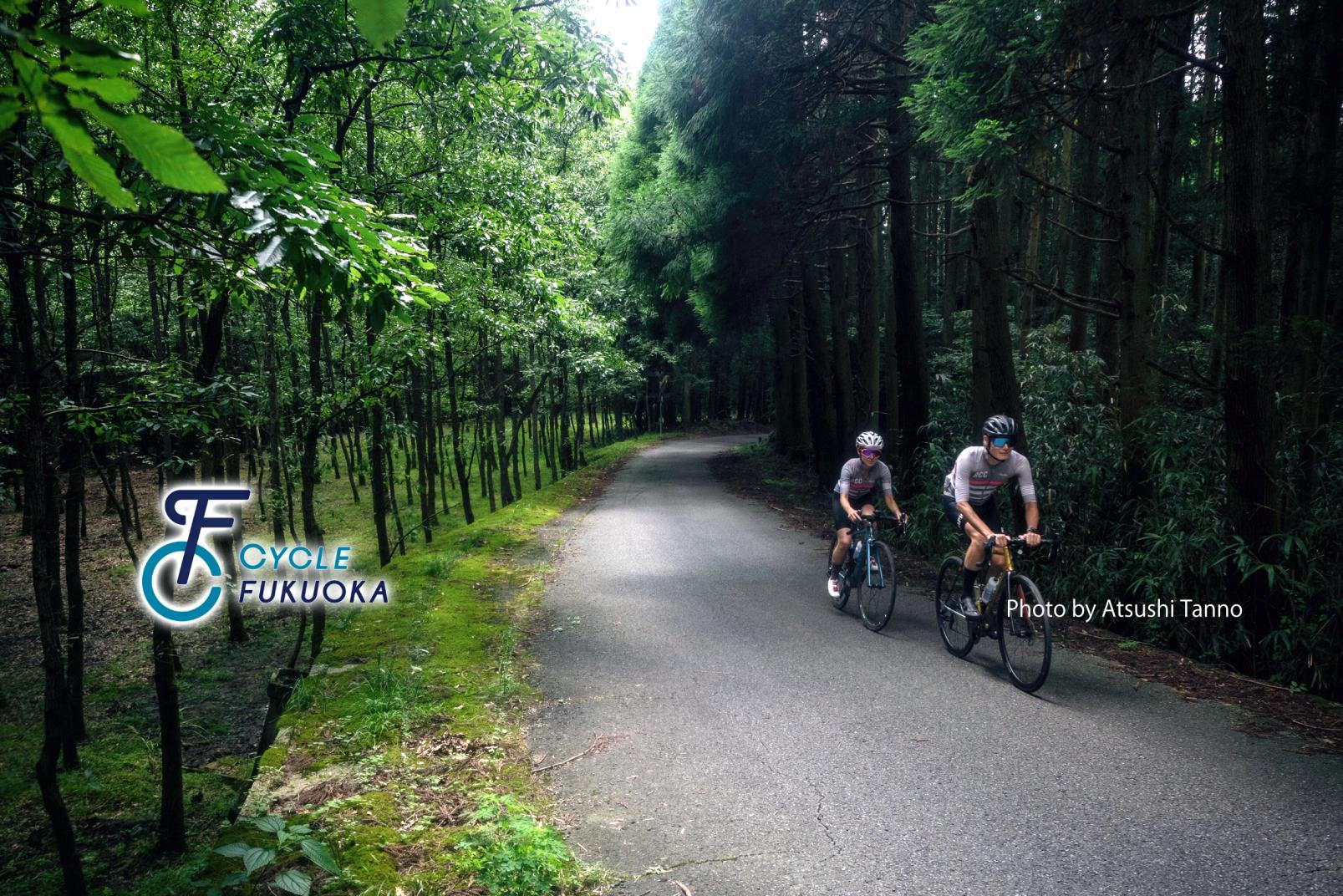
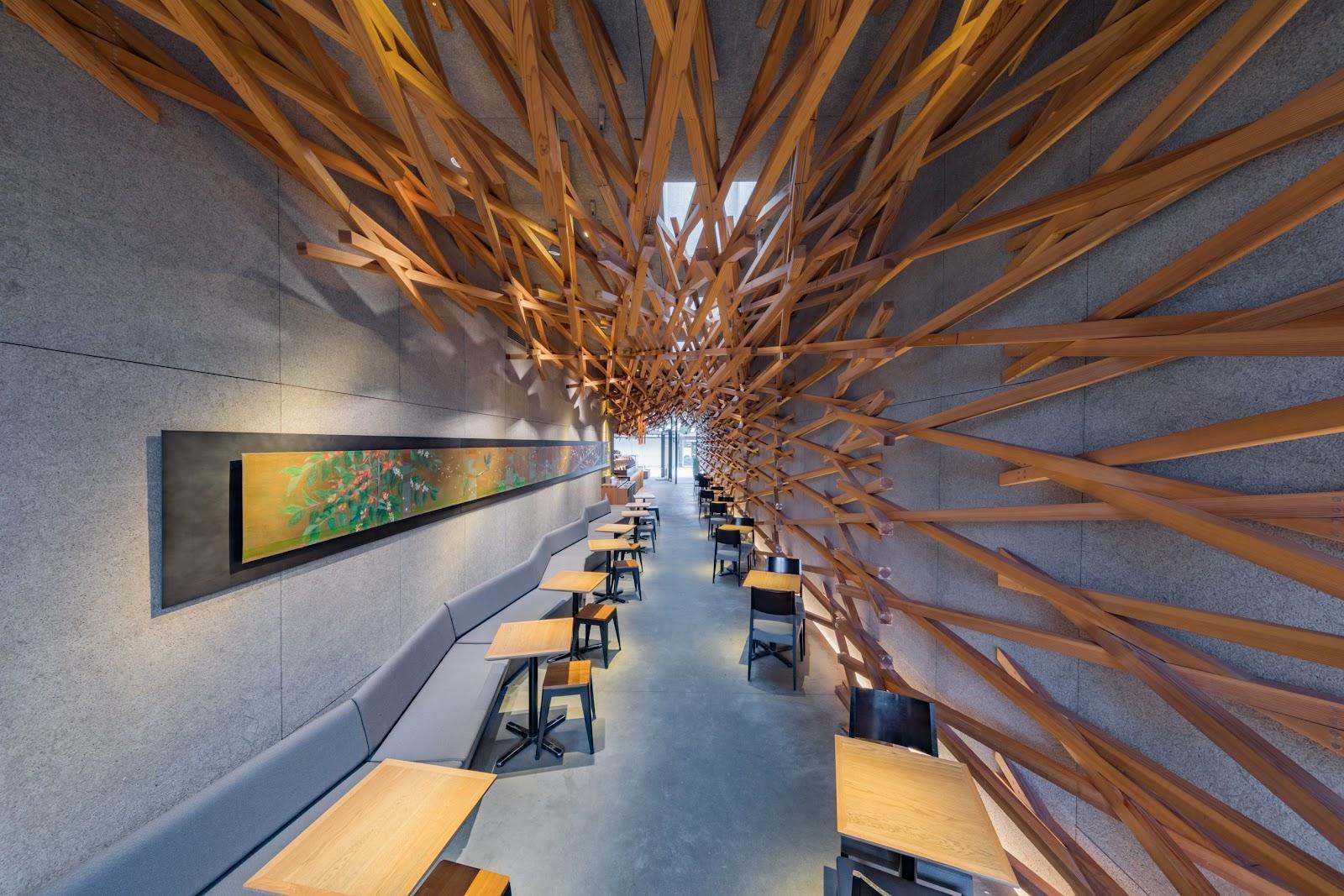
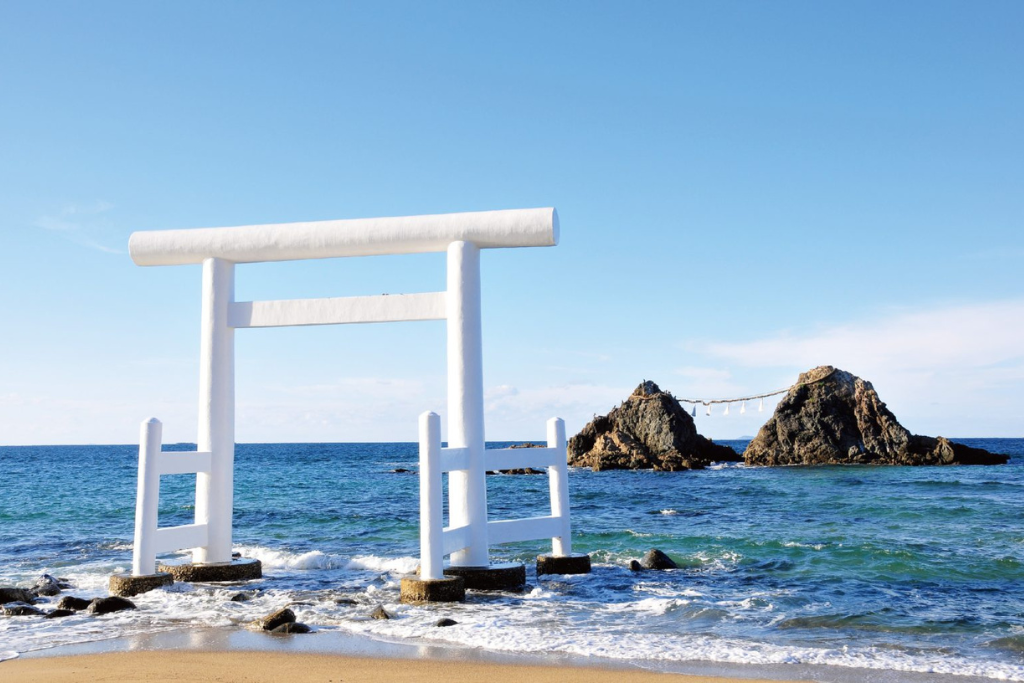
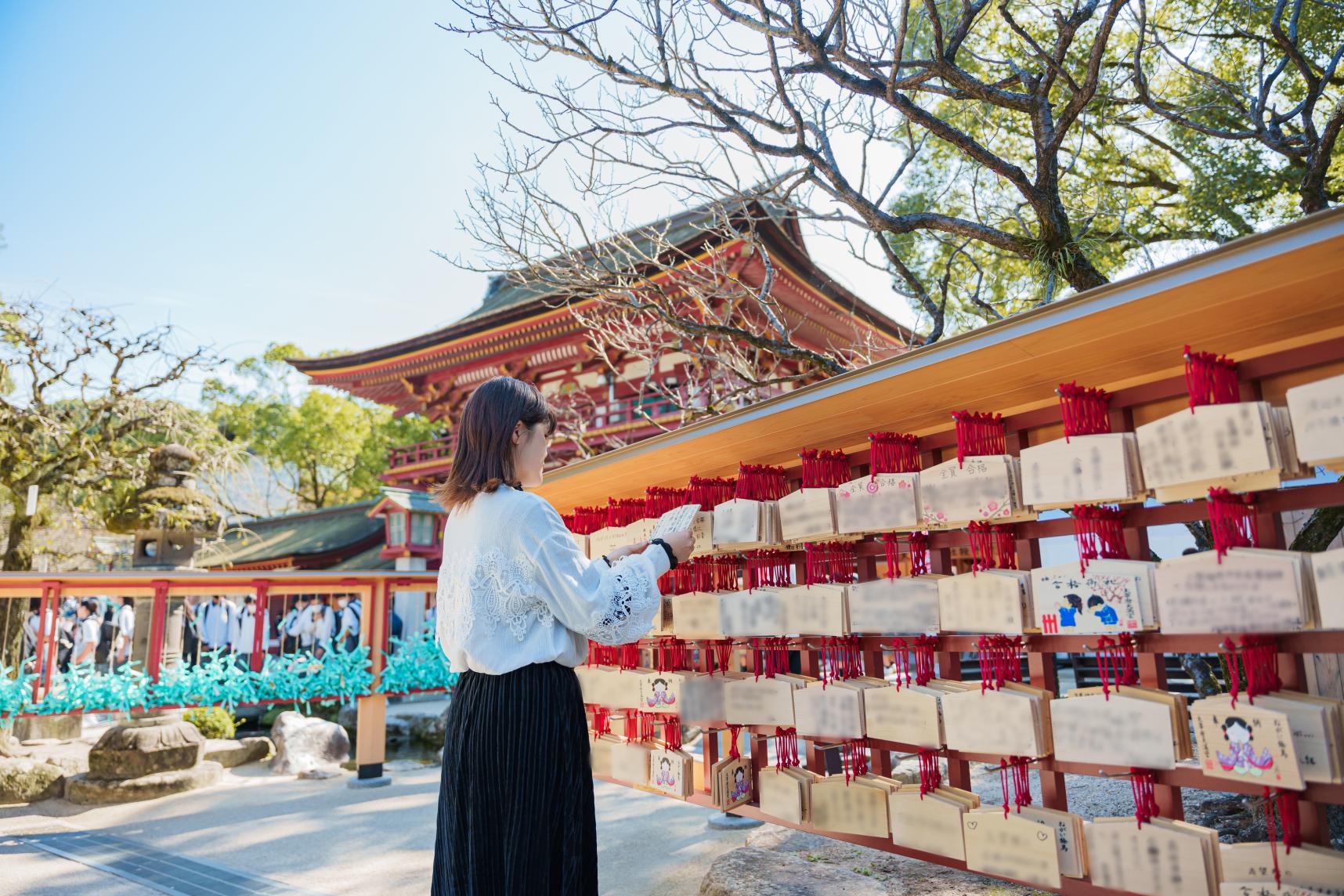
![[2024 Edition] Filled with blessings! The ultimate Fukuoka power spots to bring you happiness.-1](https://www.crossroadfukuoka.jp/storage/special_features/320/responsive_images/6SsCvBDXBhlZoAGUgarTOpZpEaEwsIqsWzSxW8cw__1289_856.png)